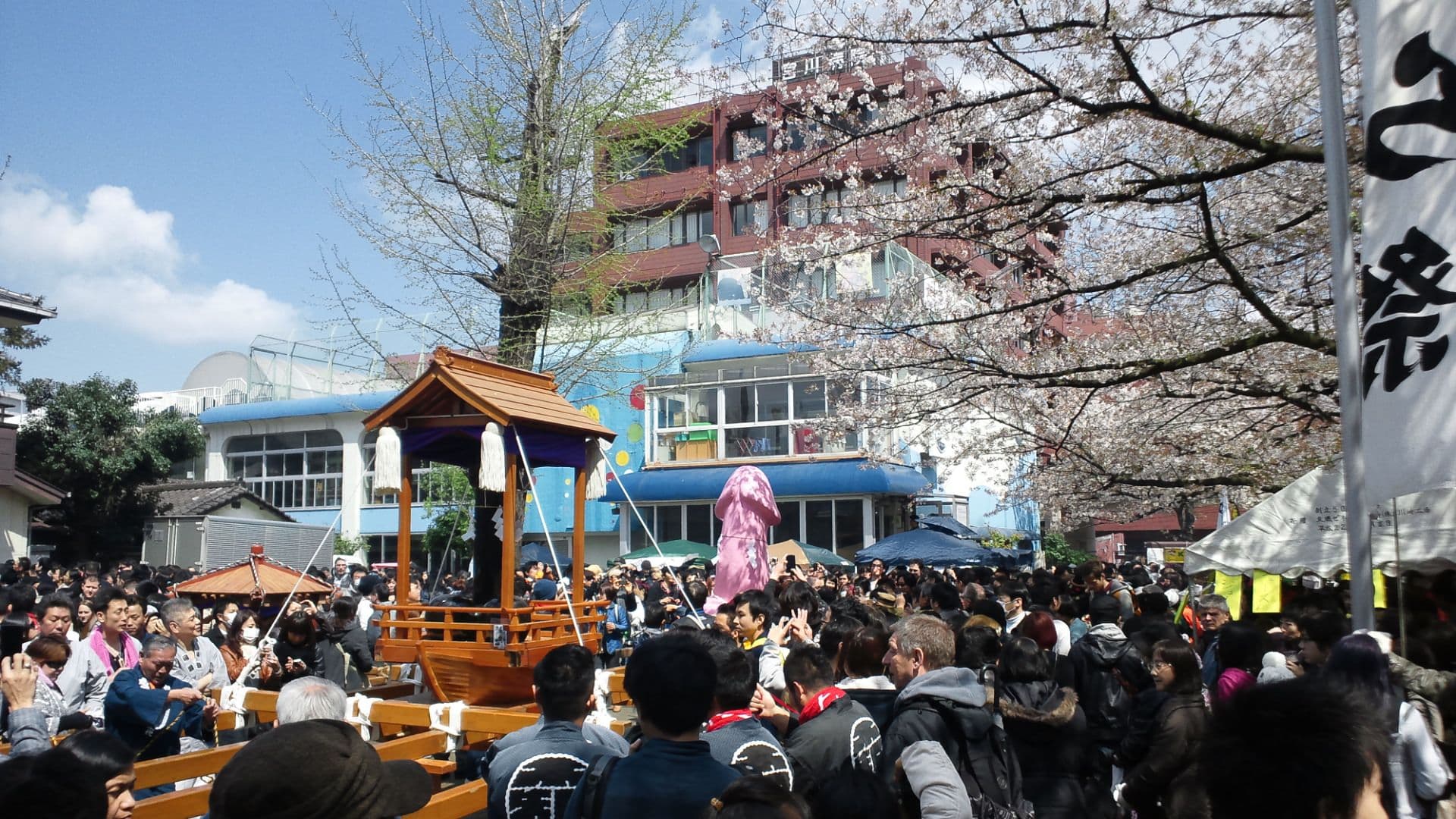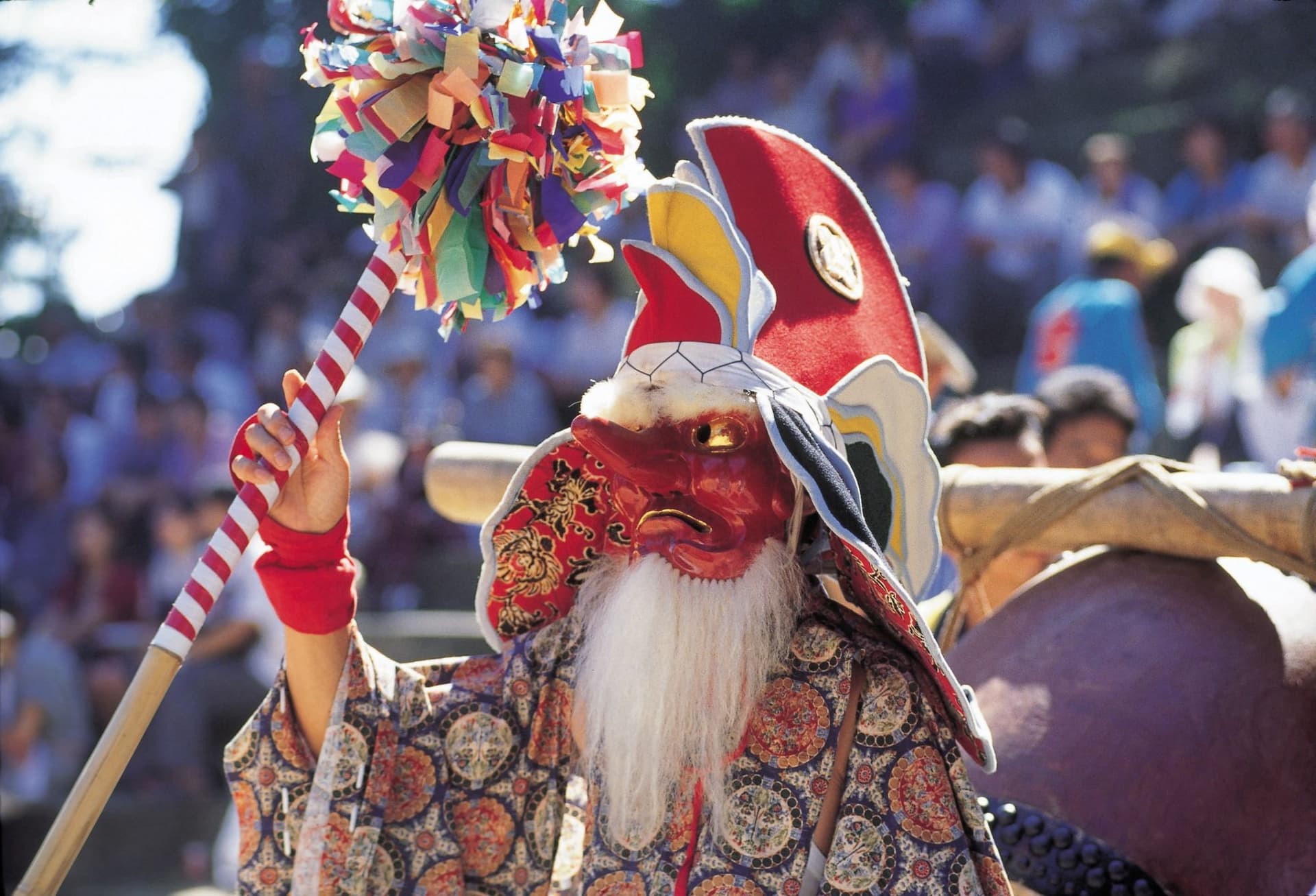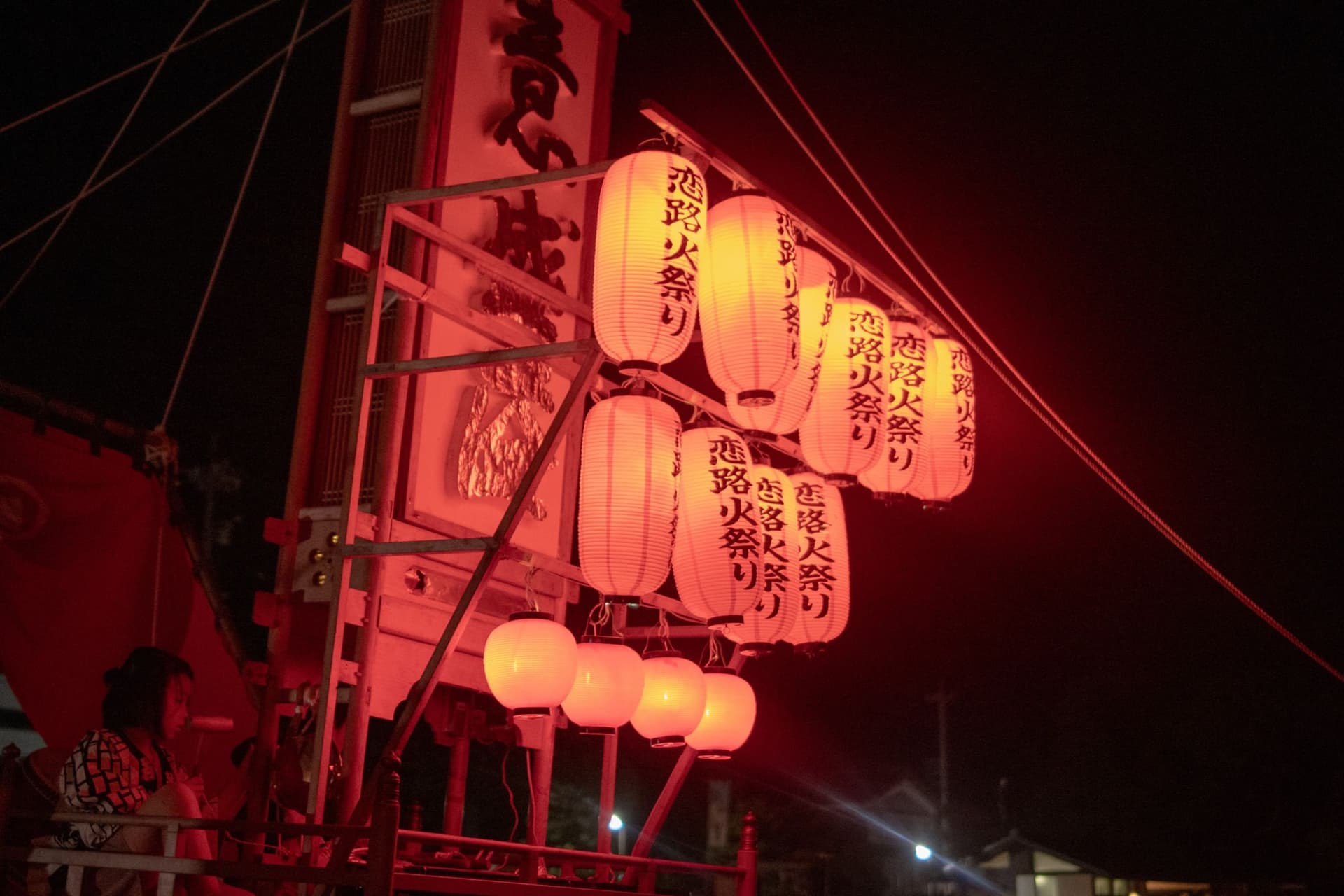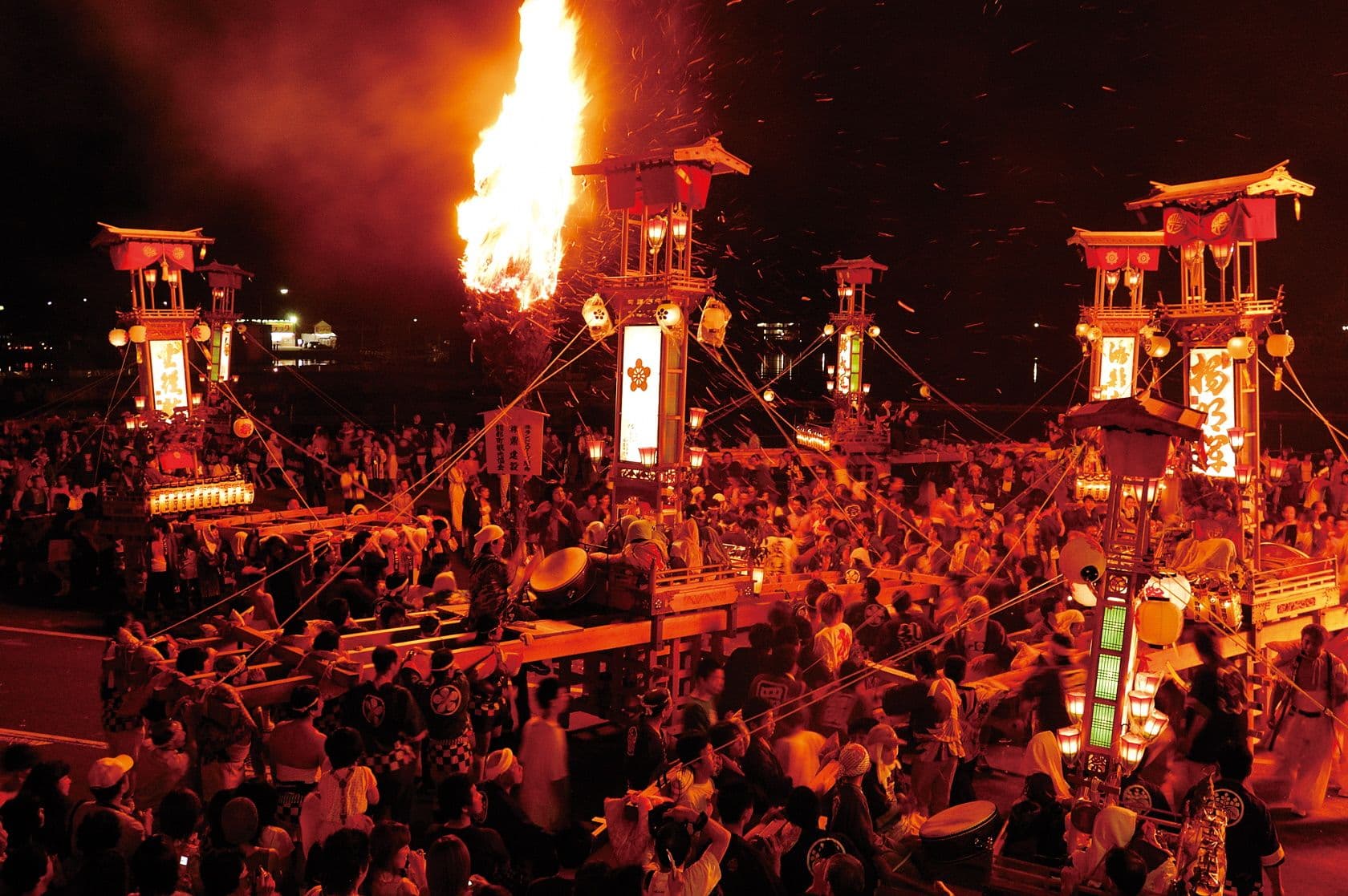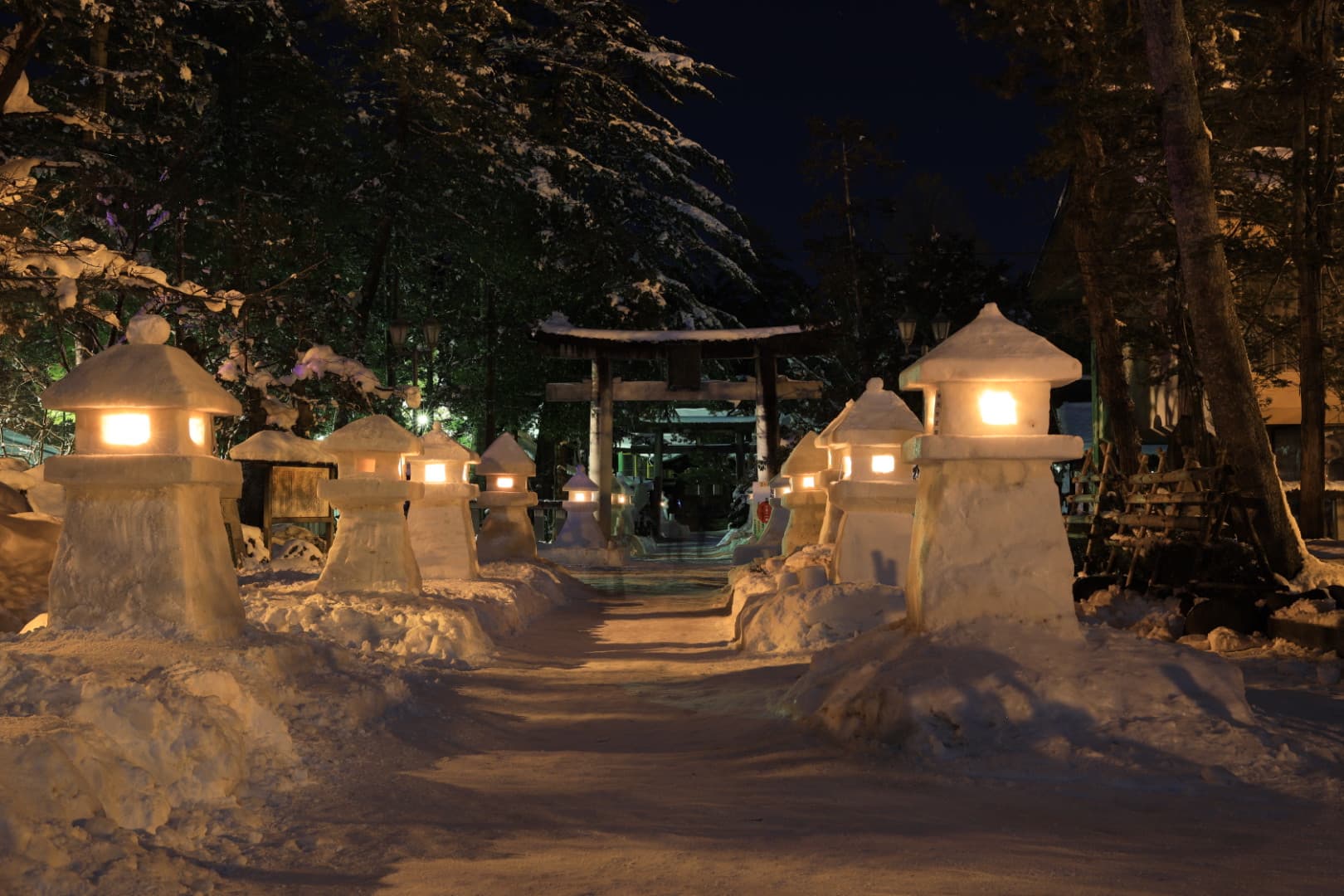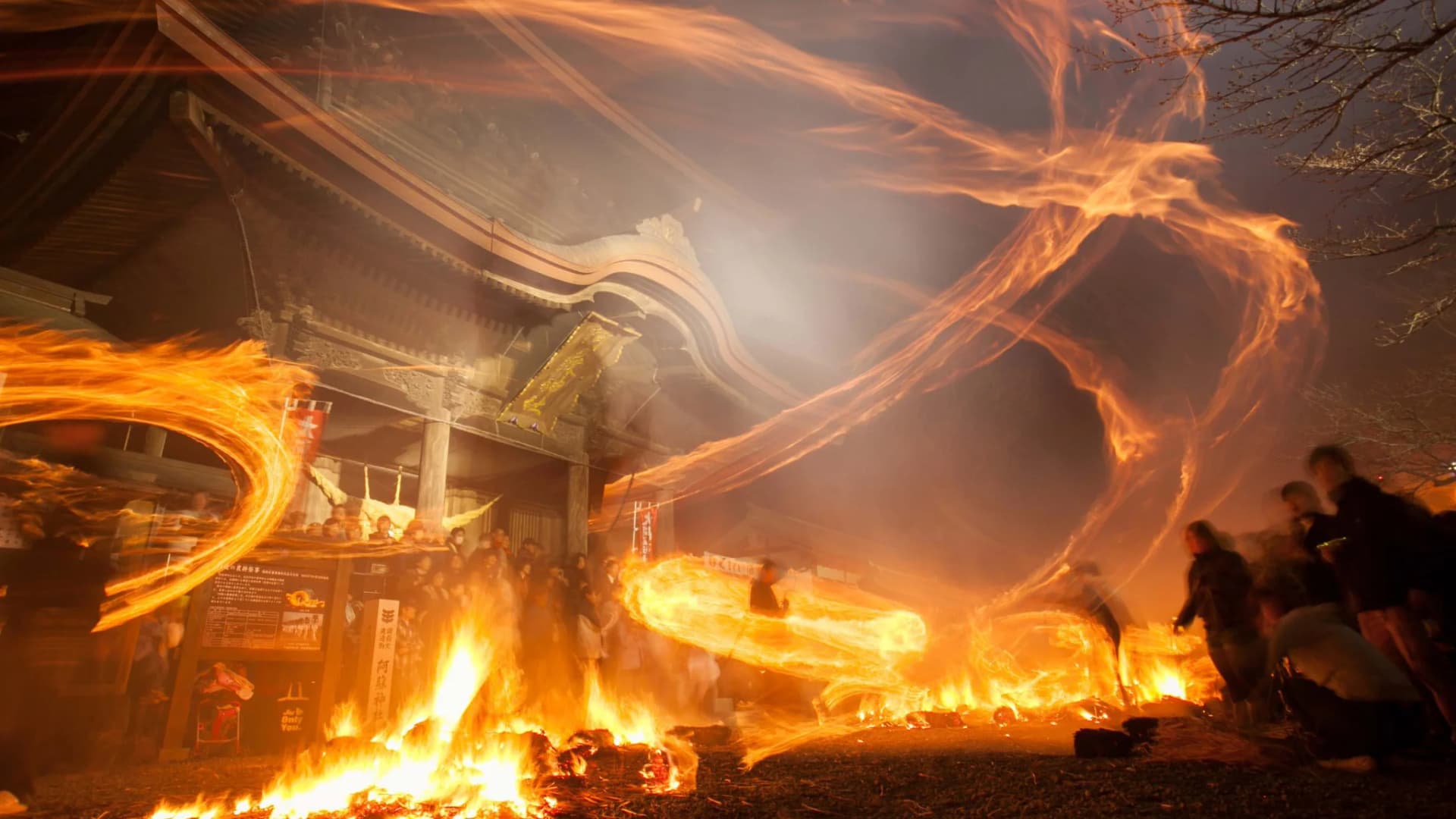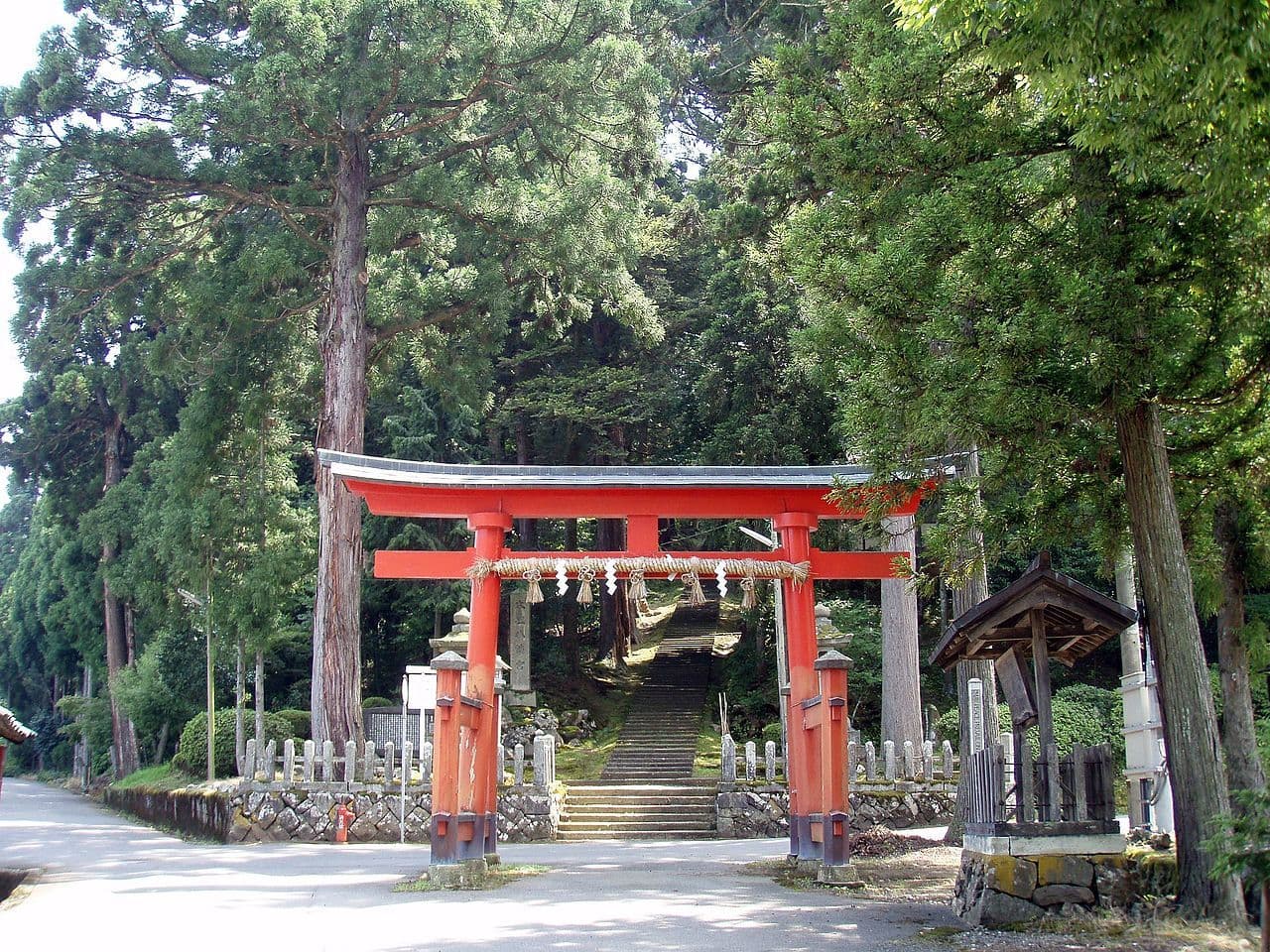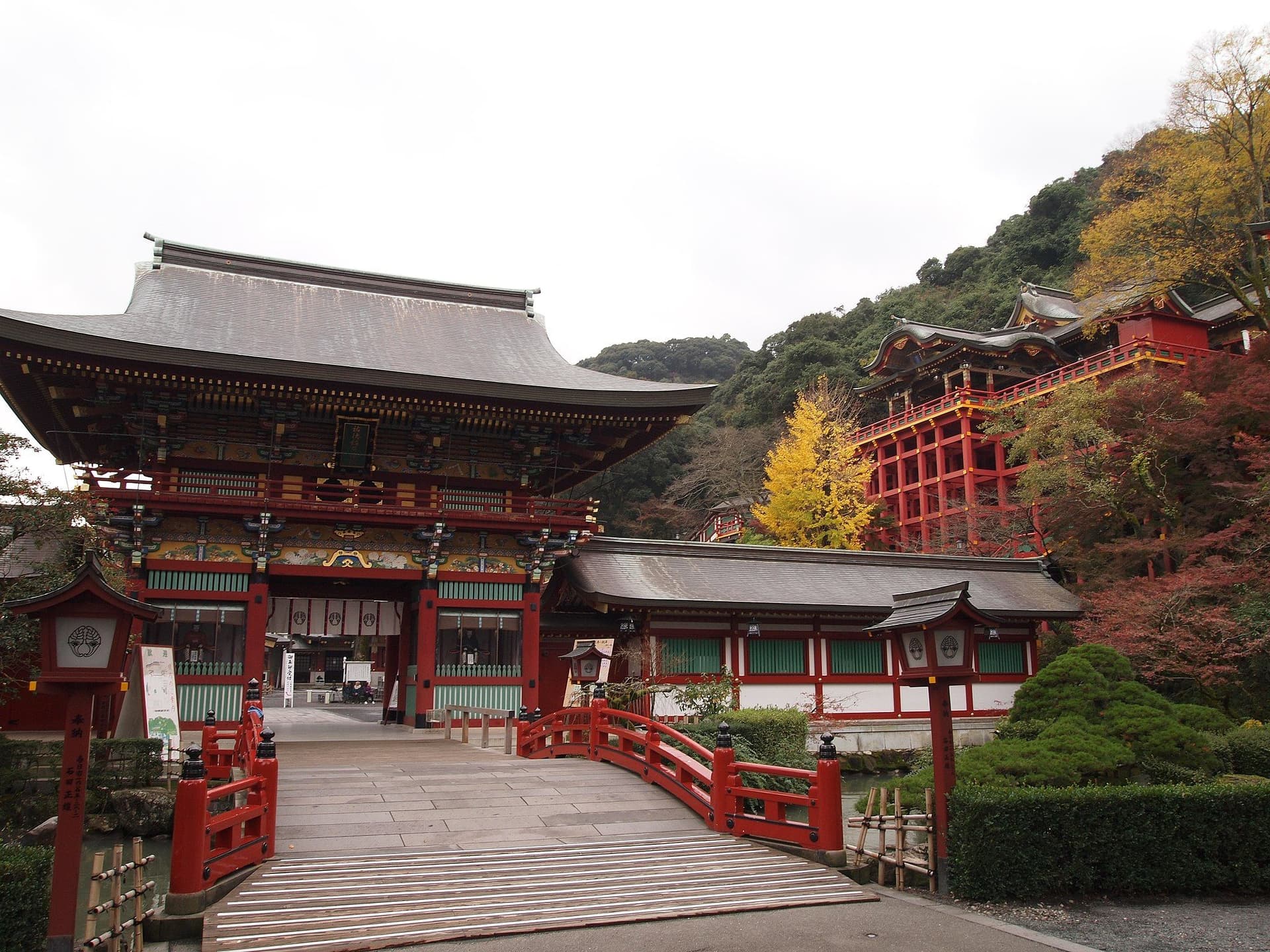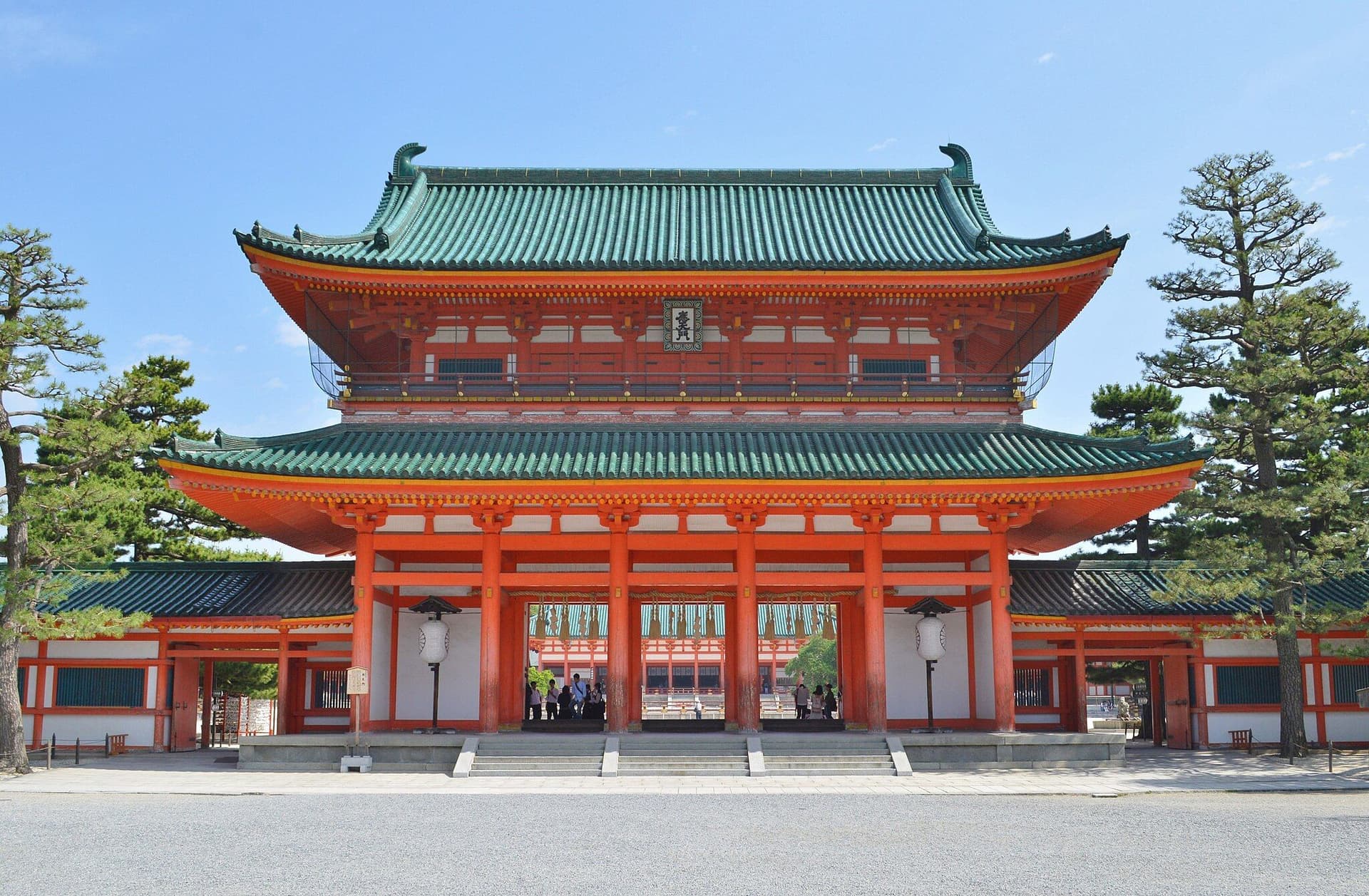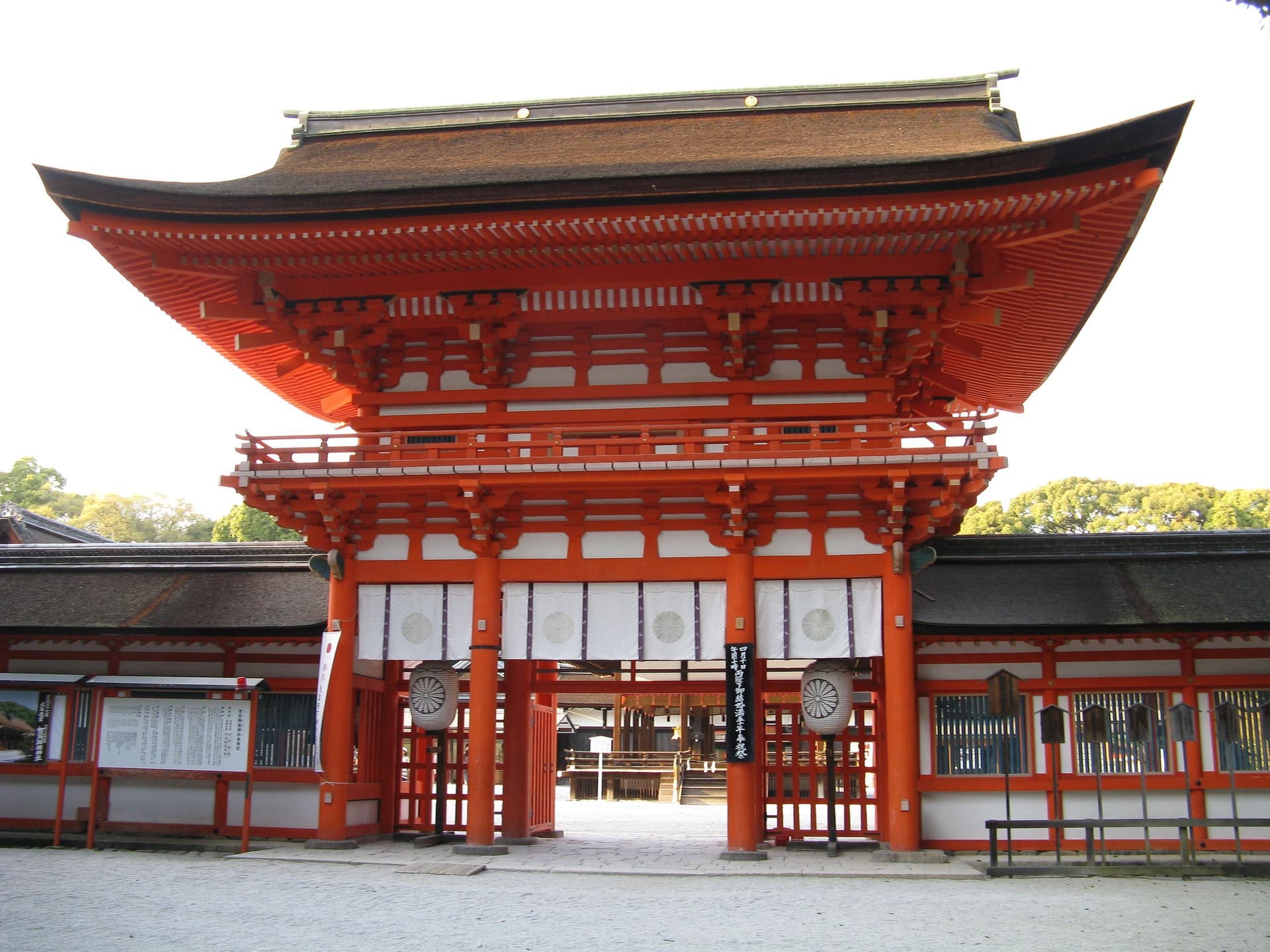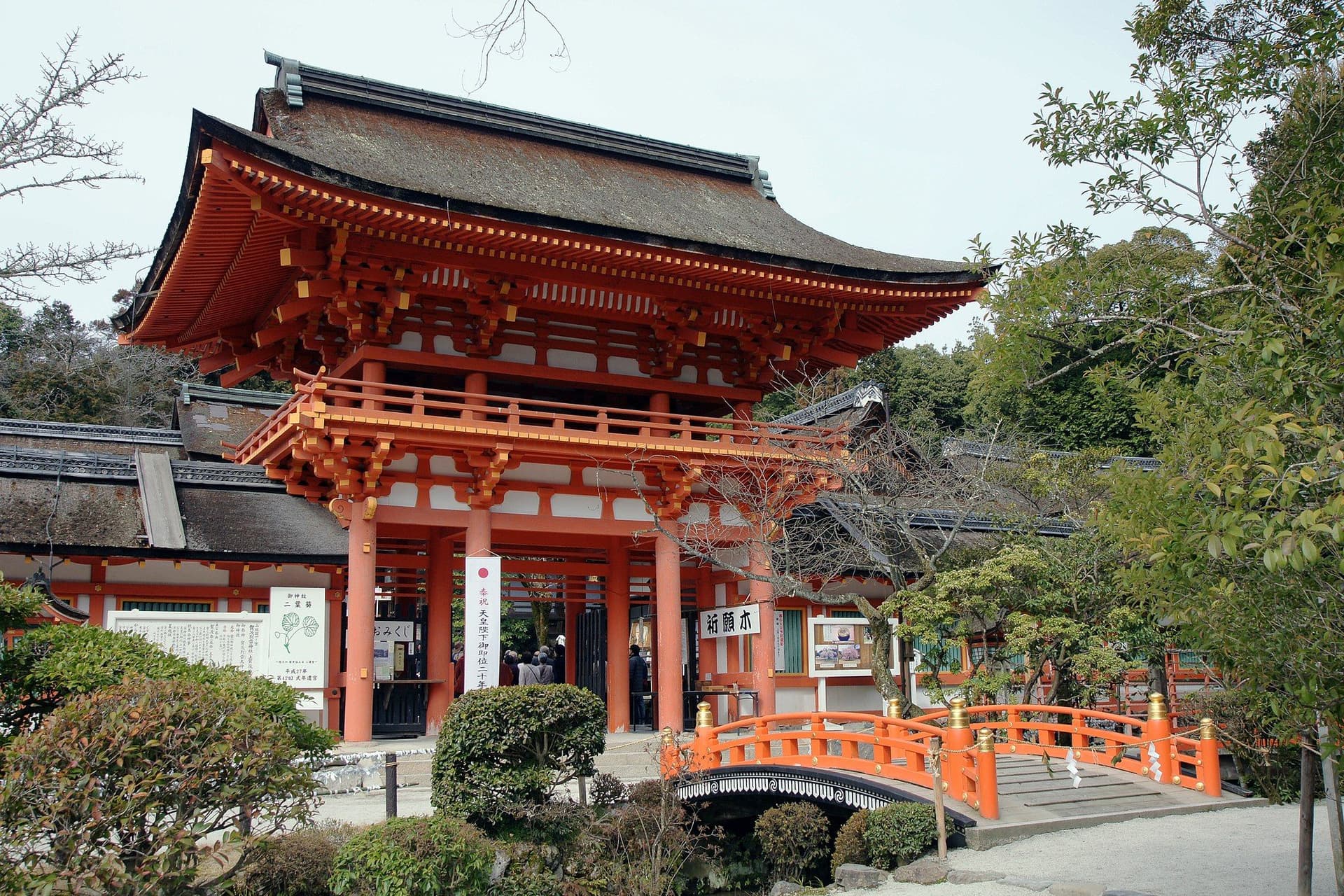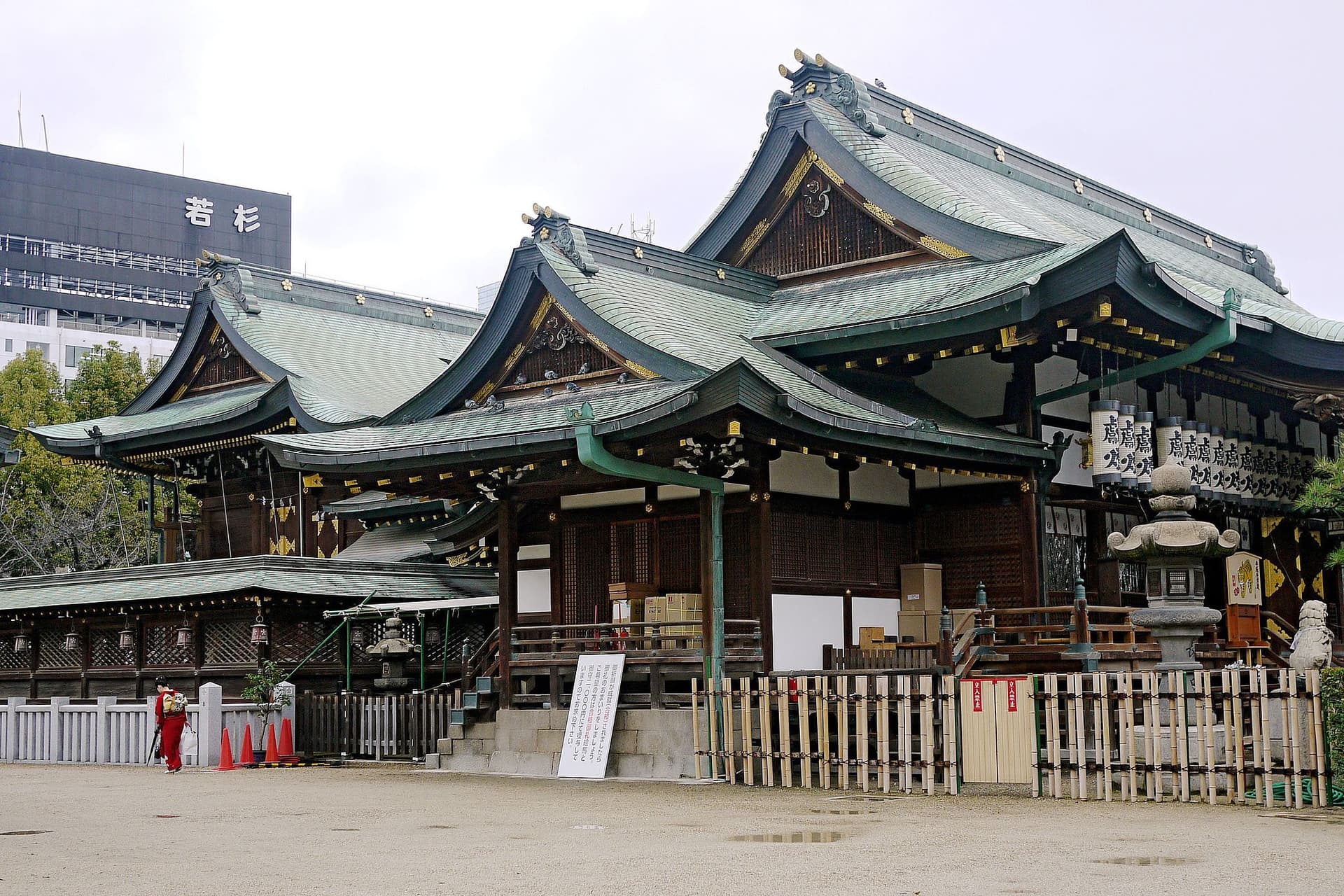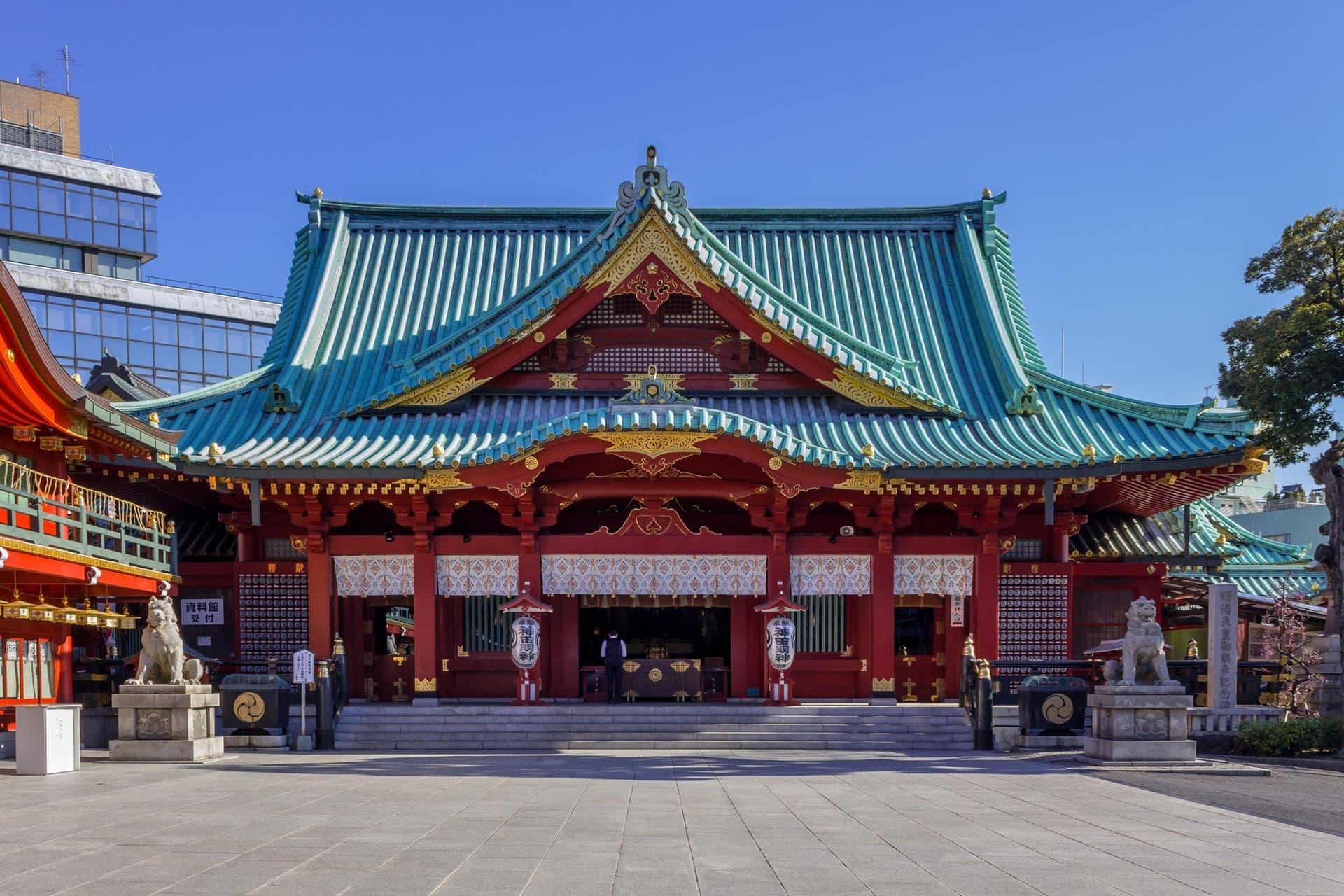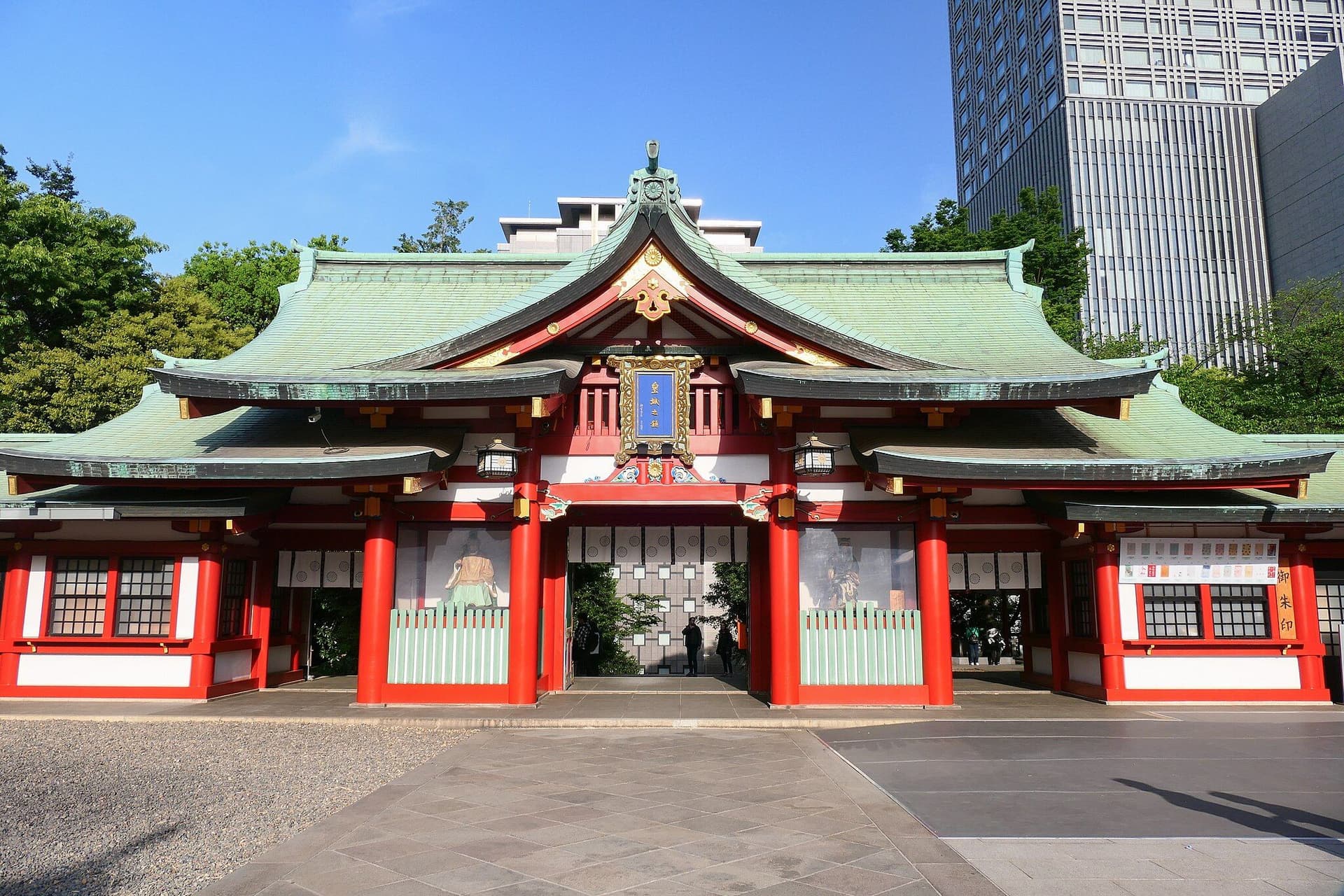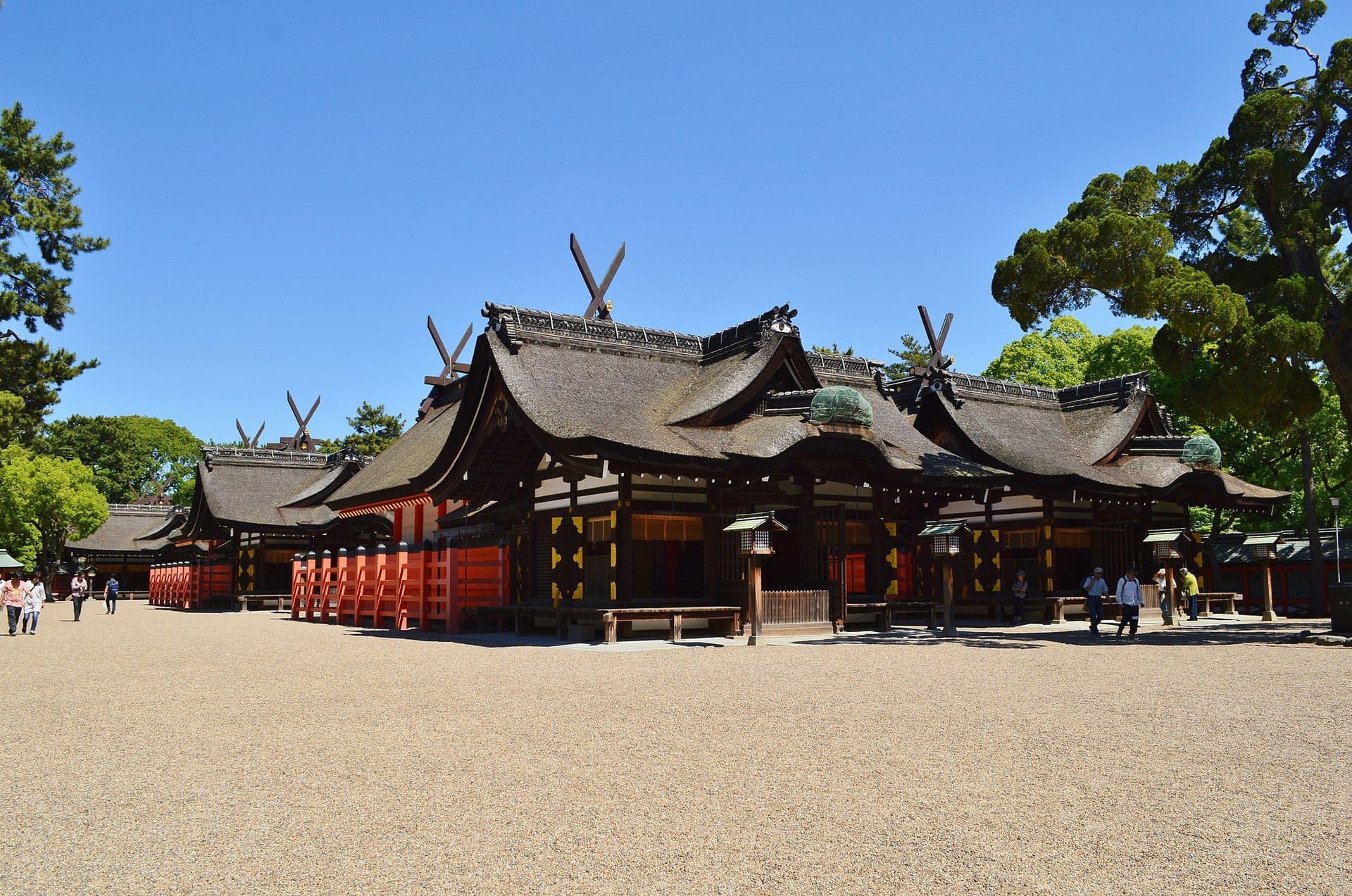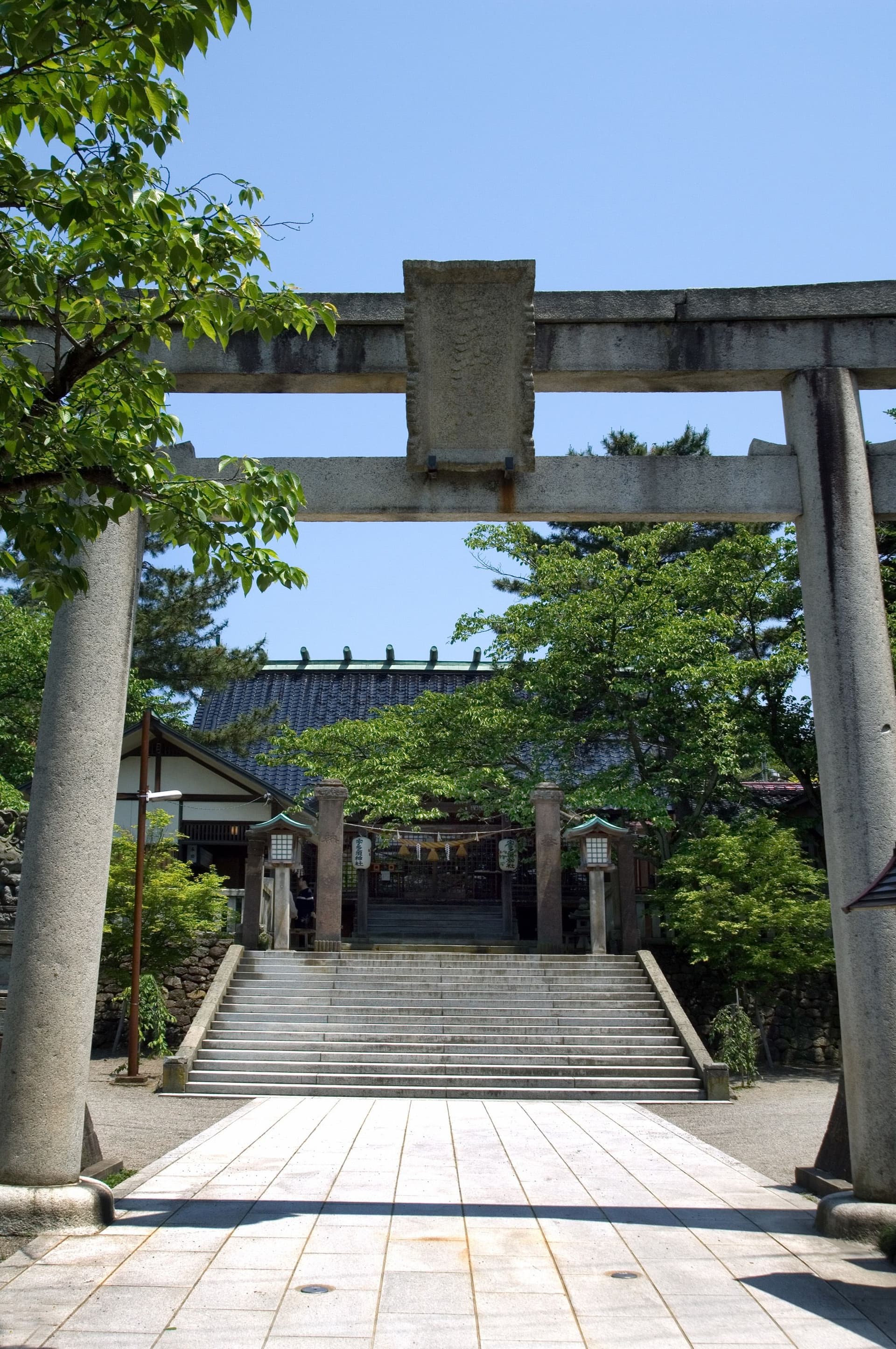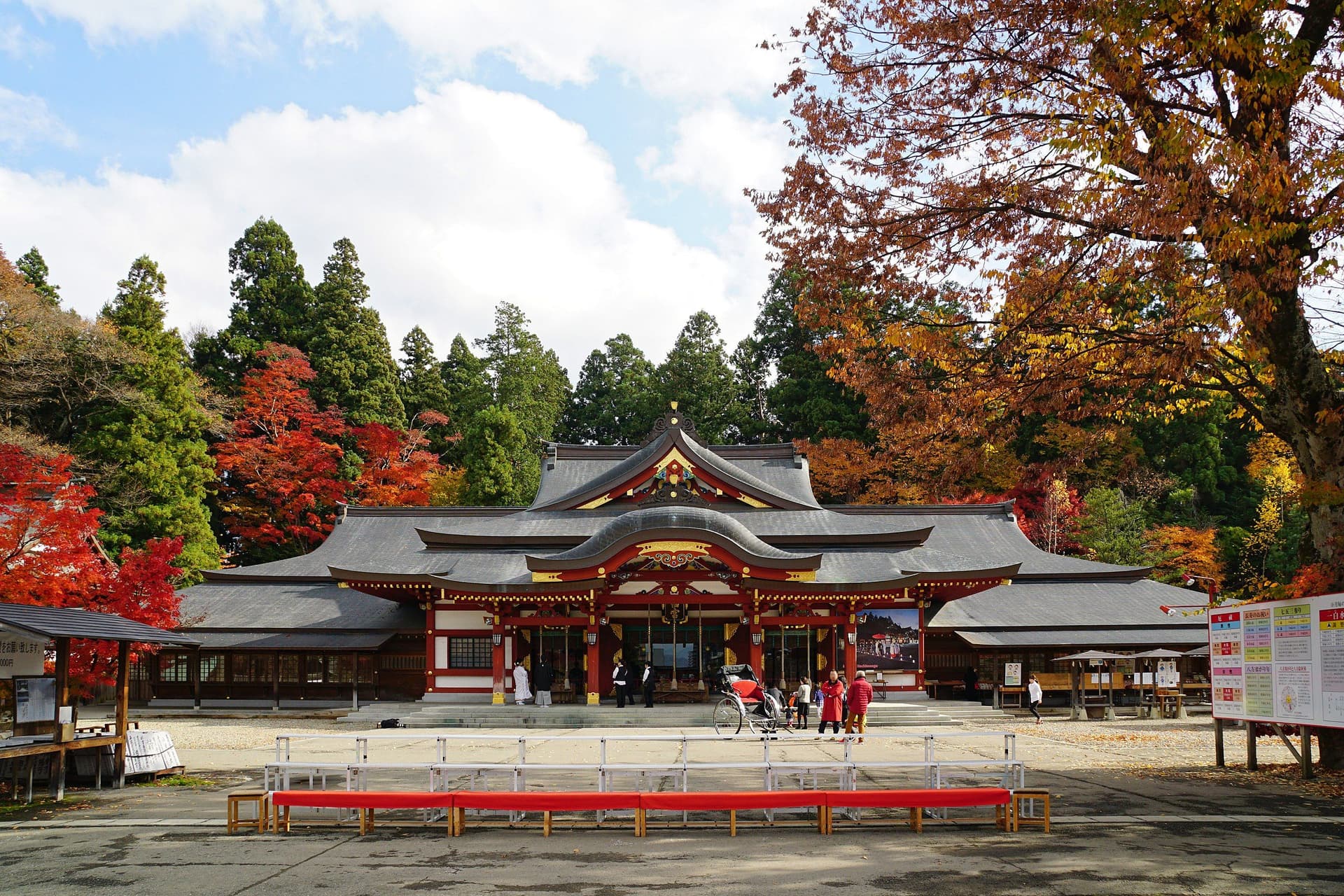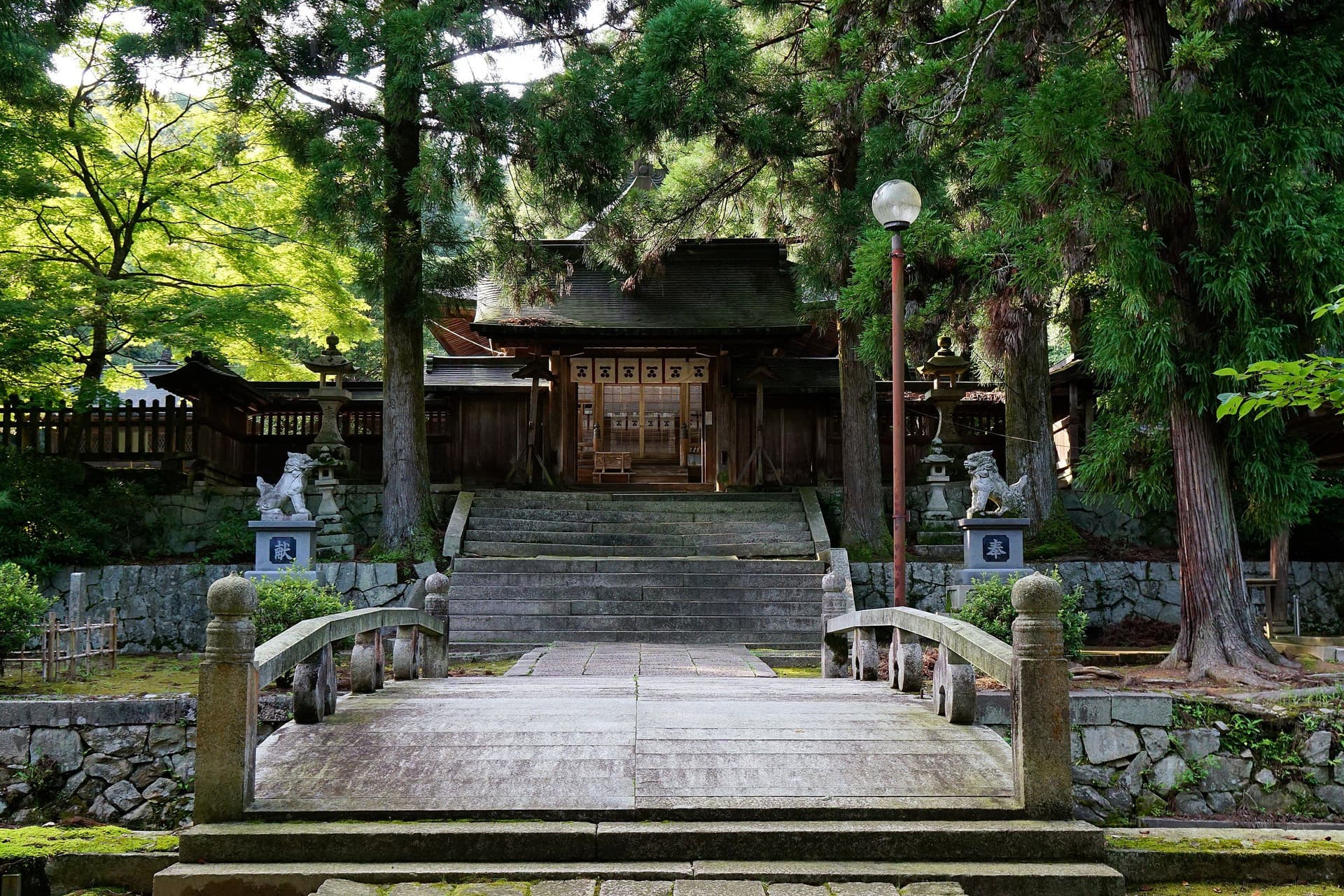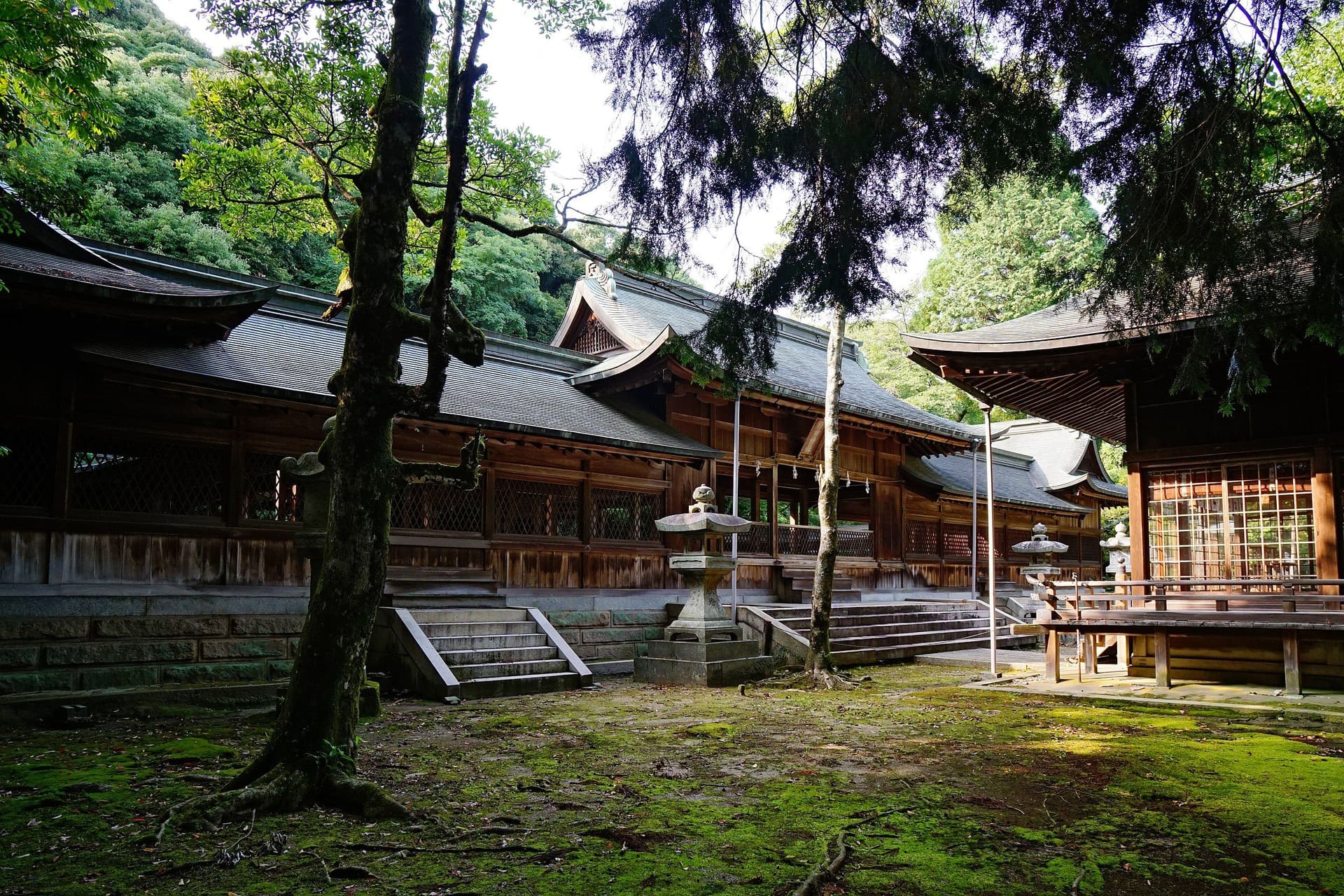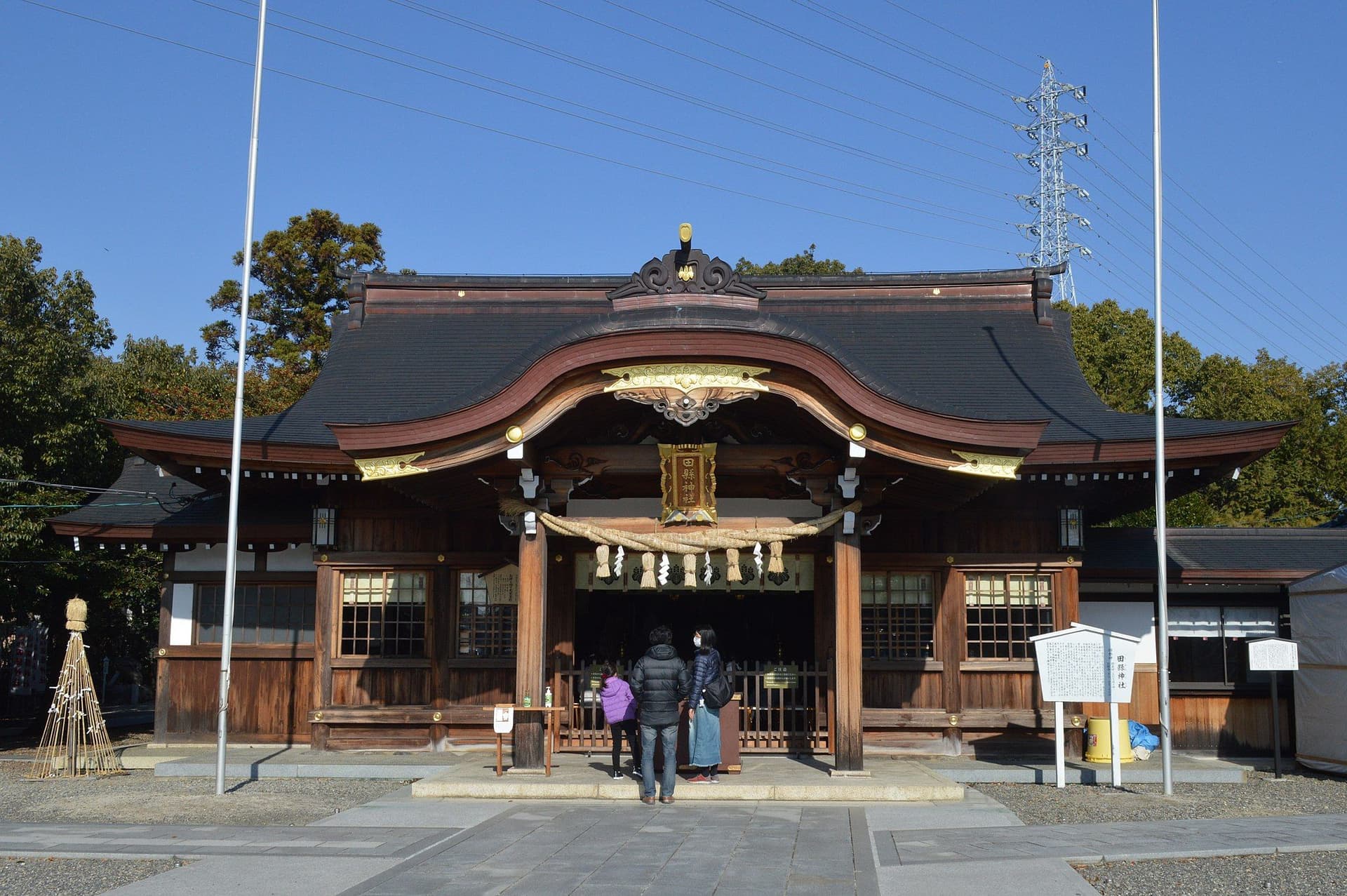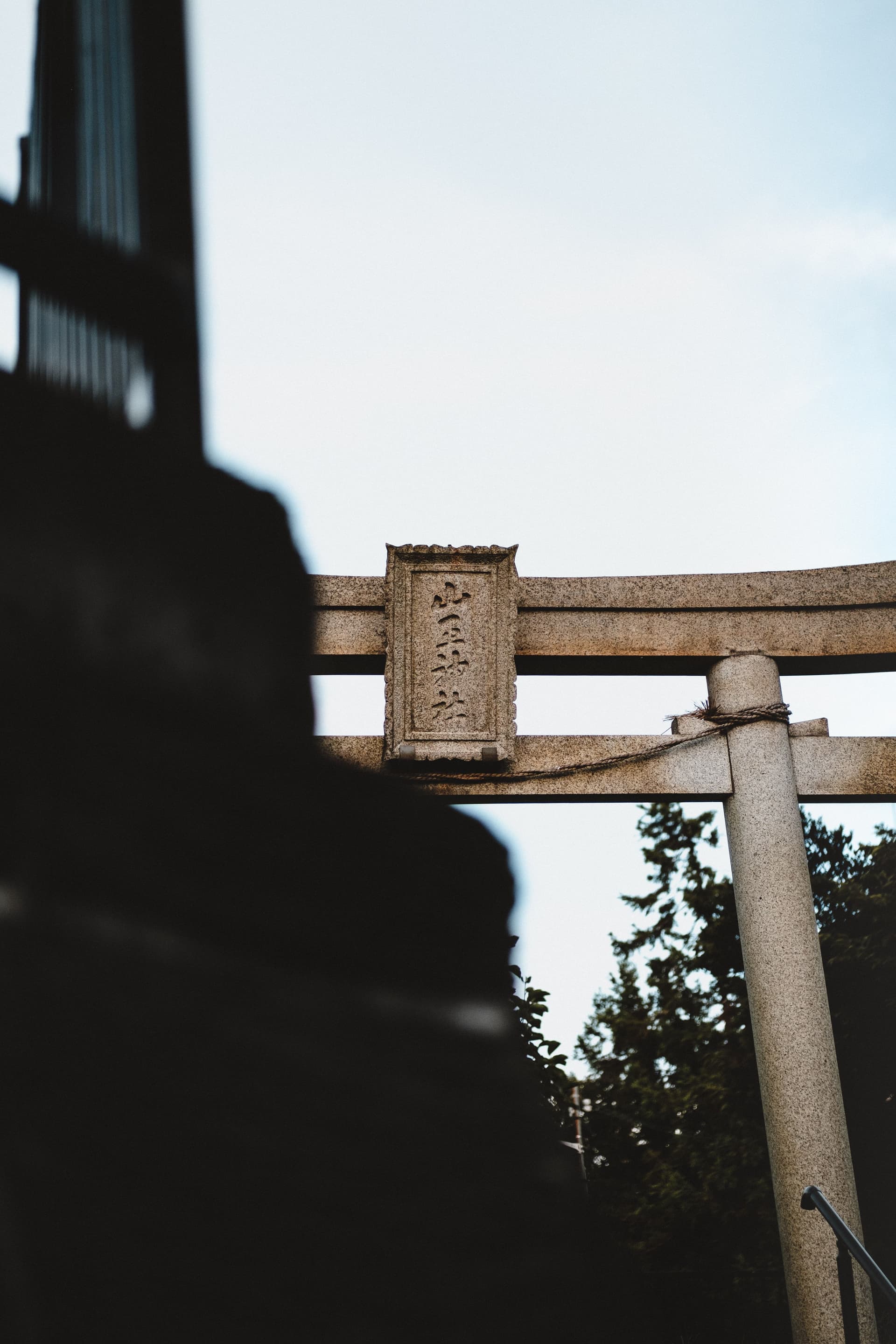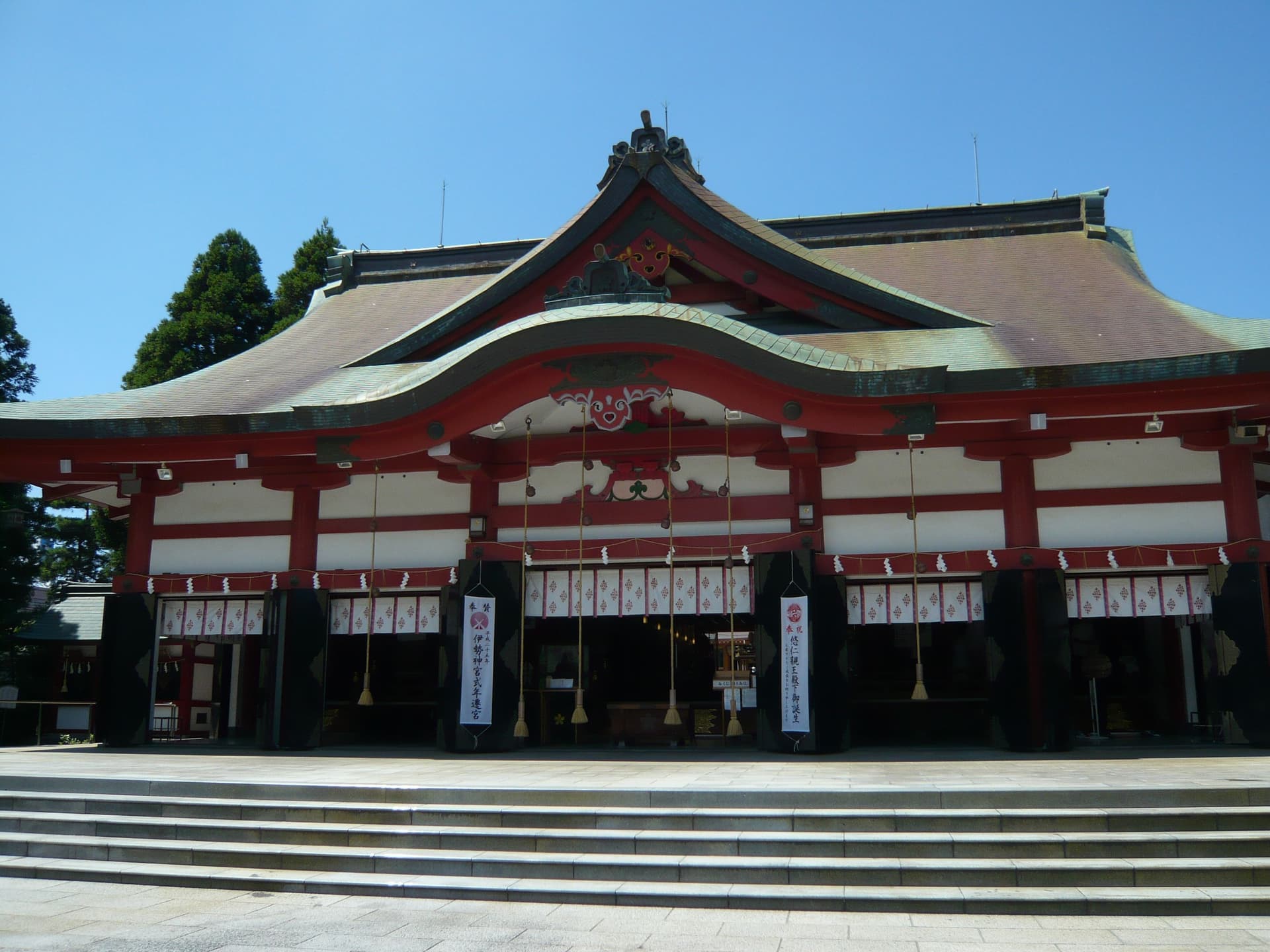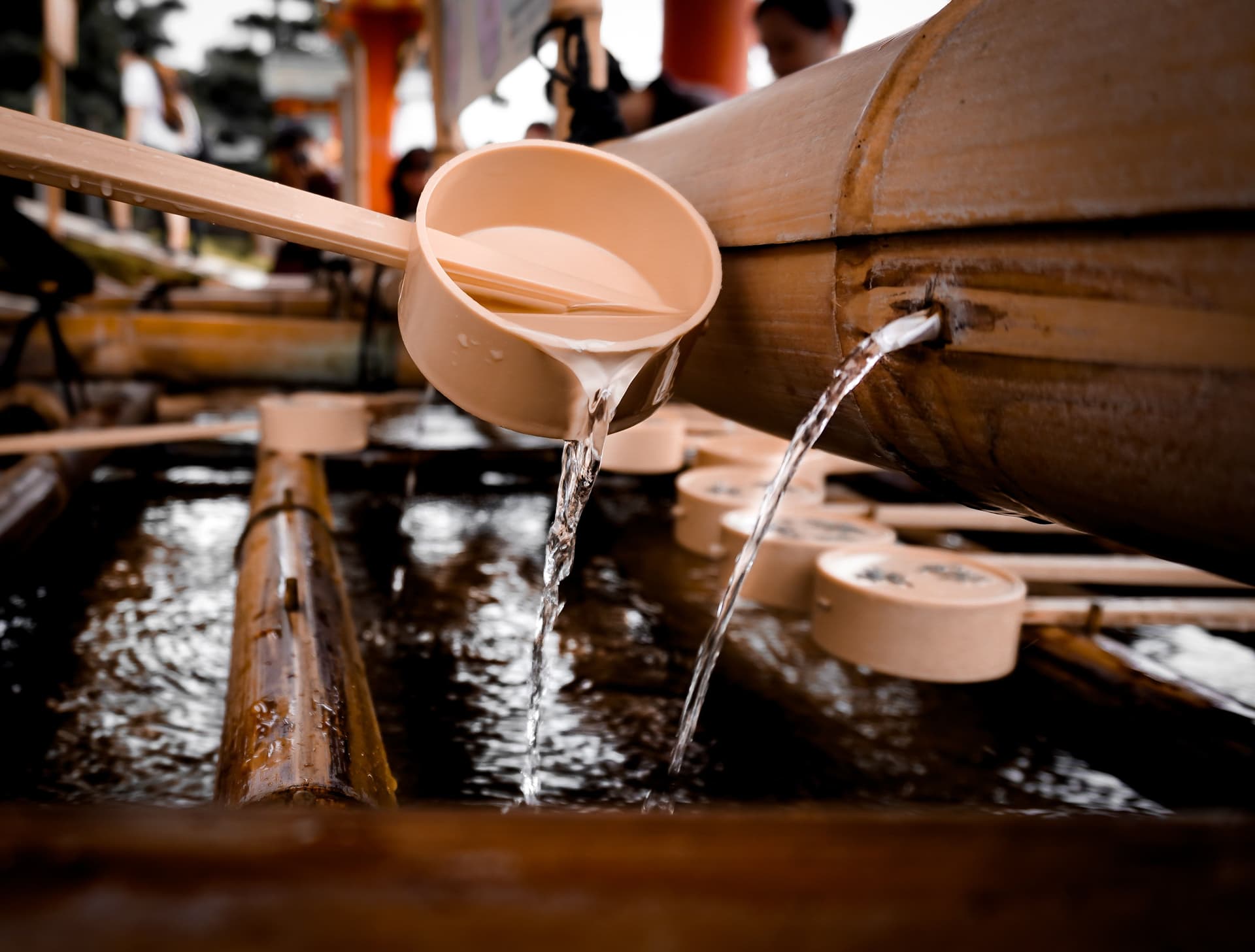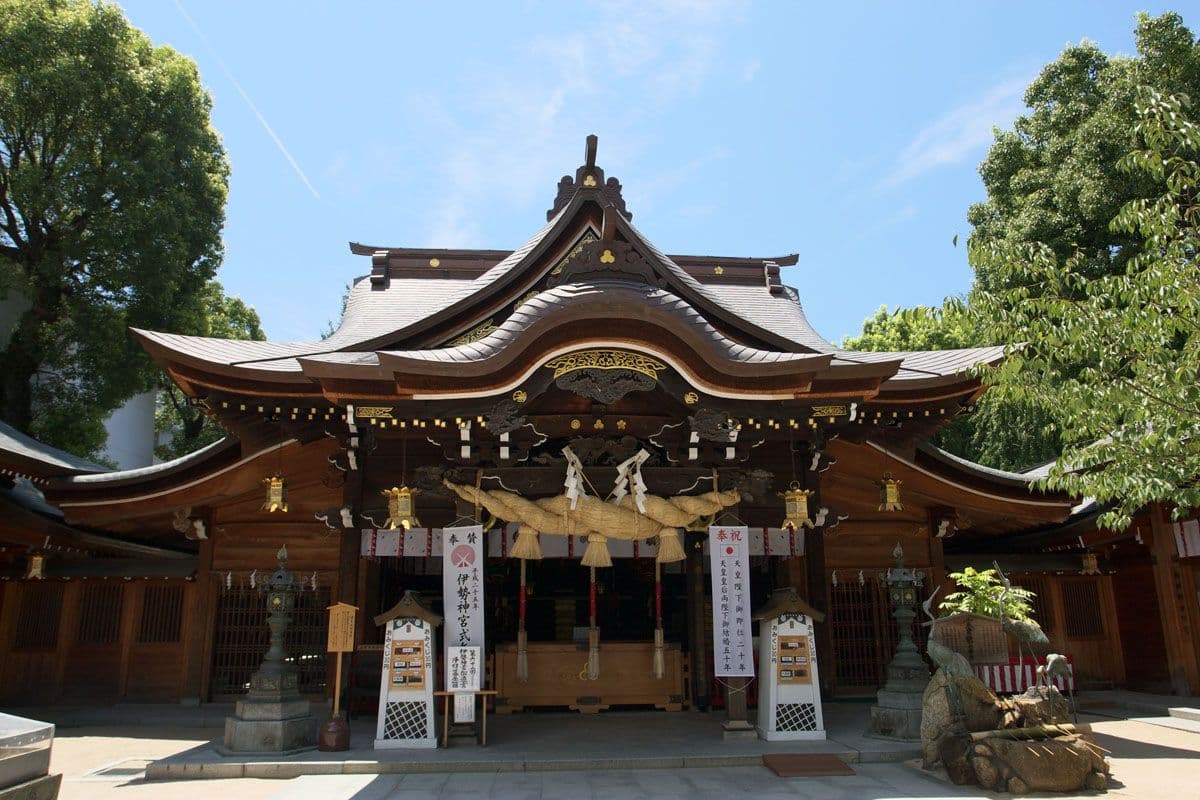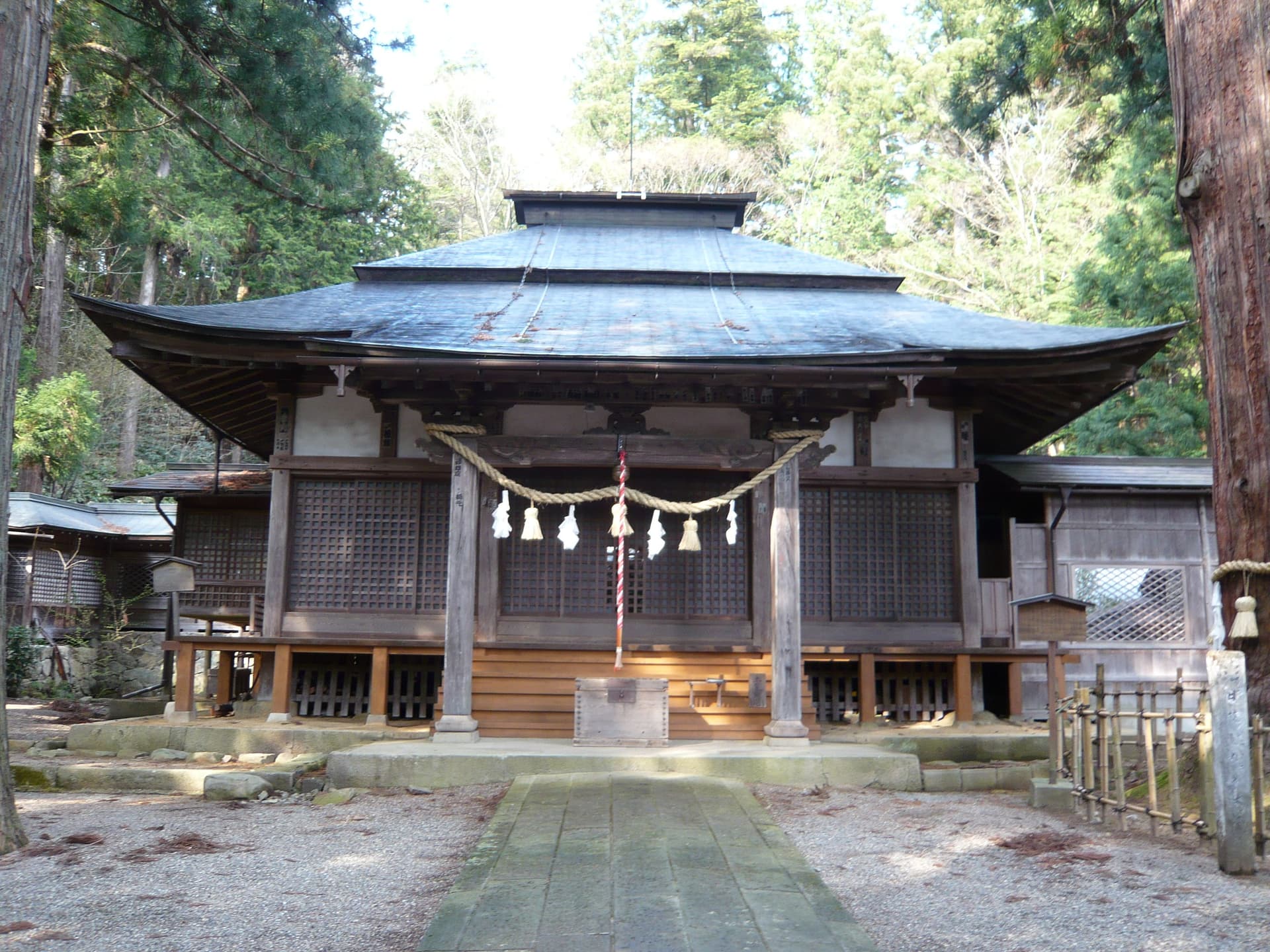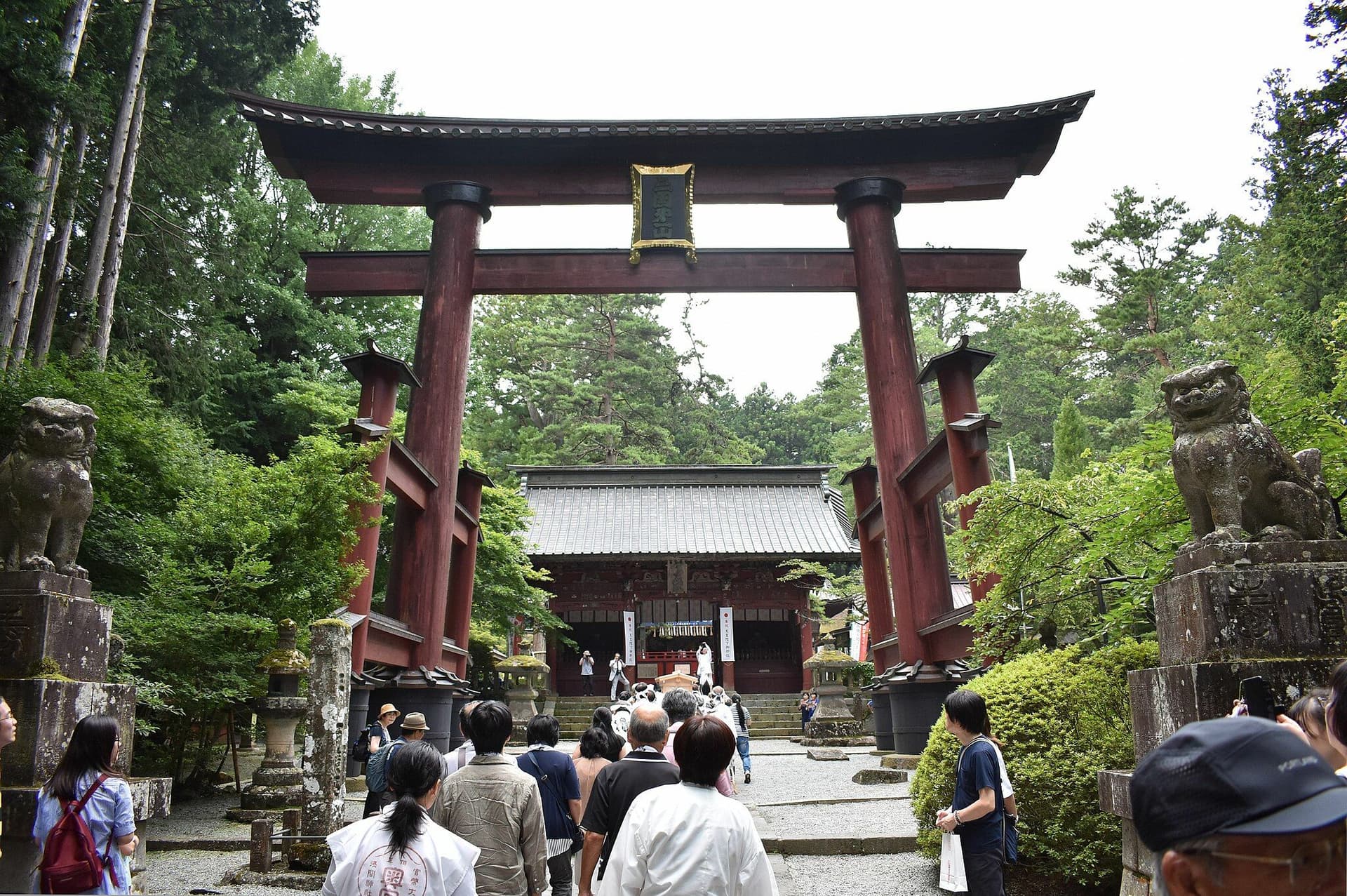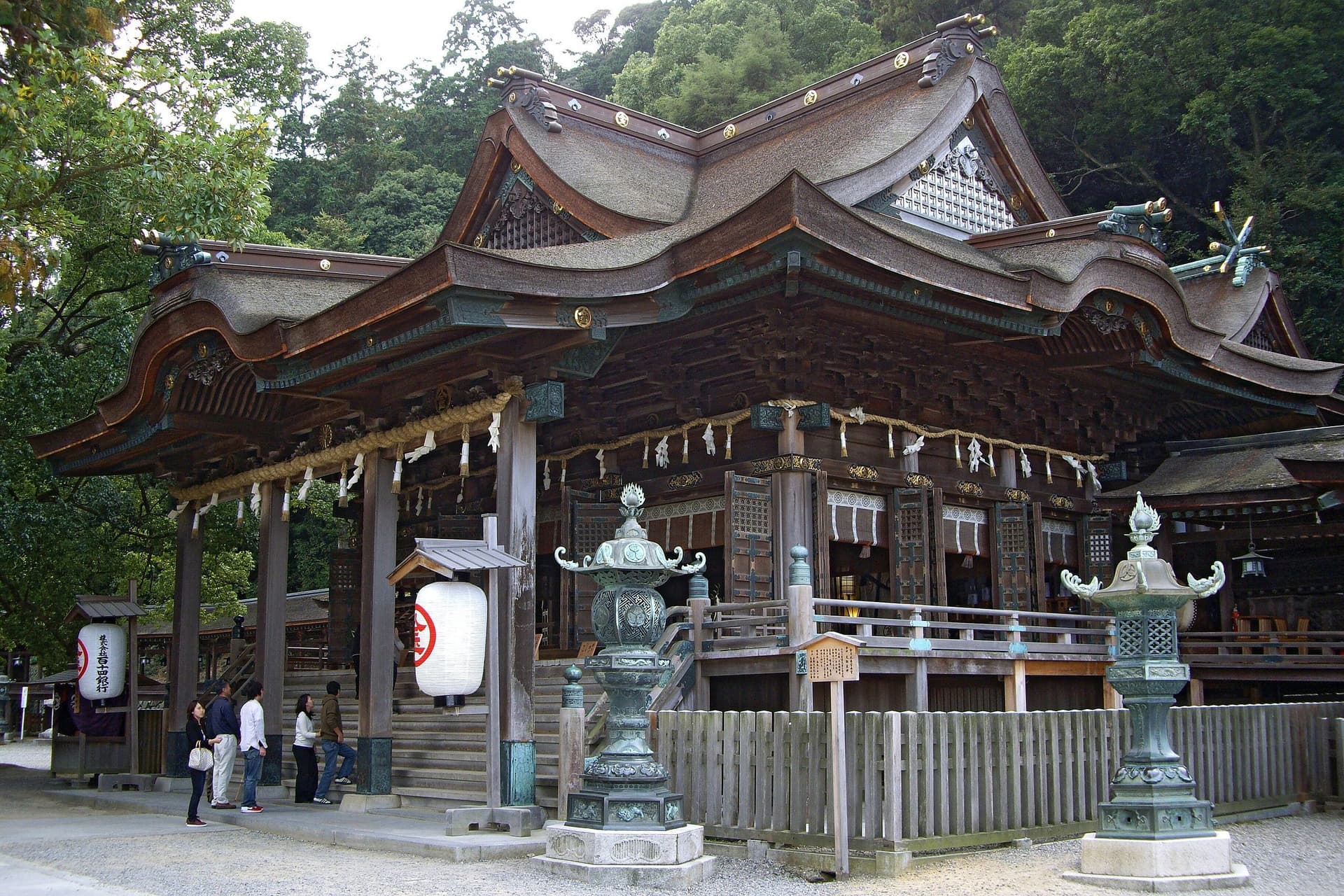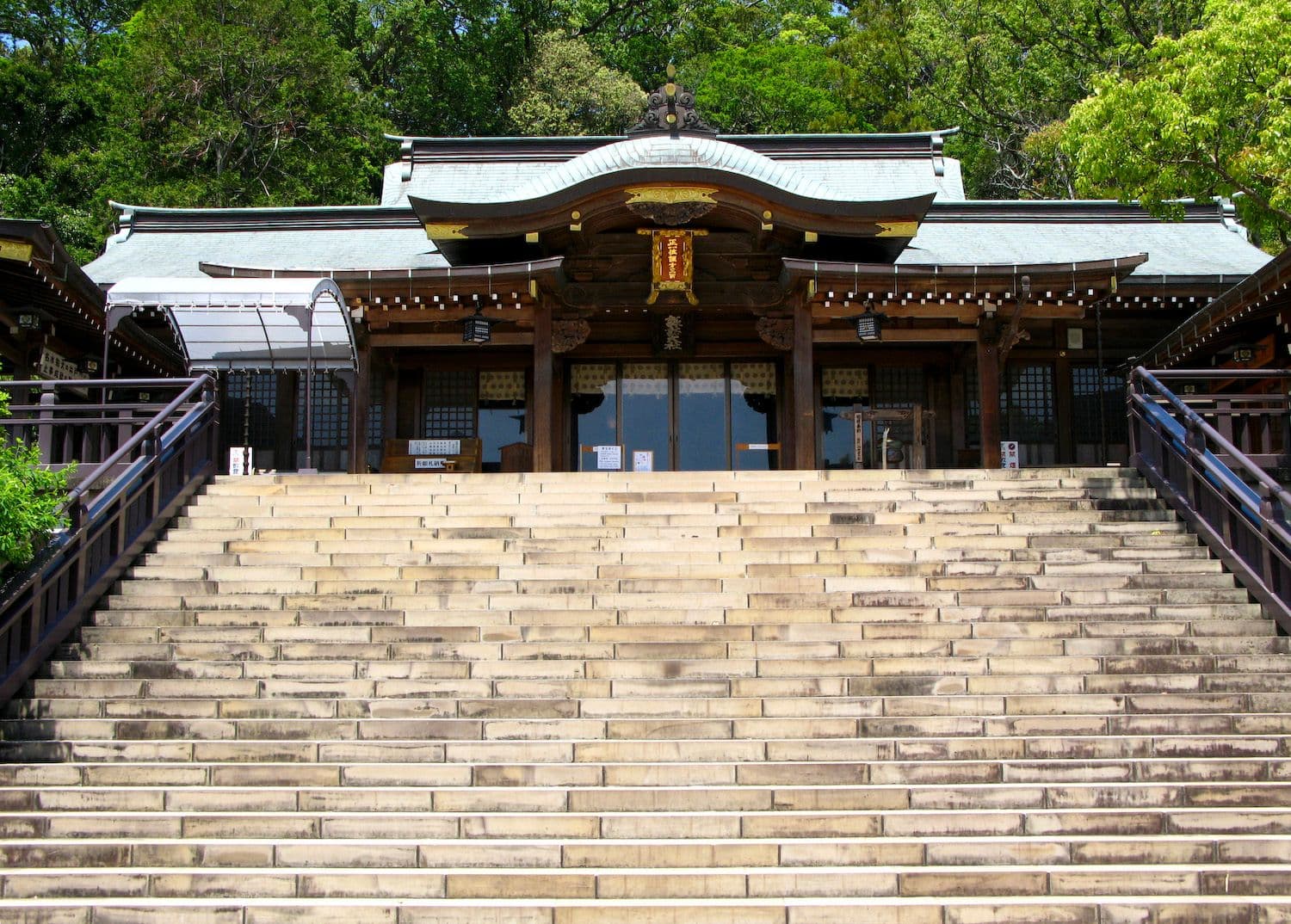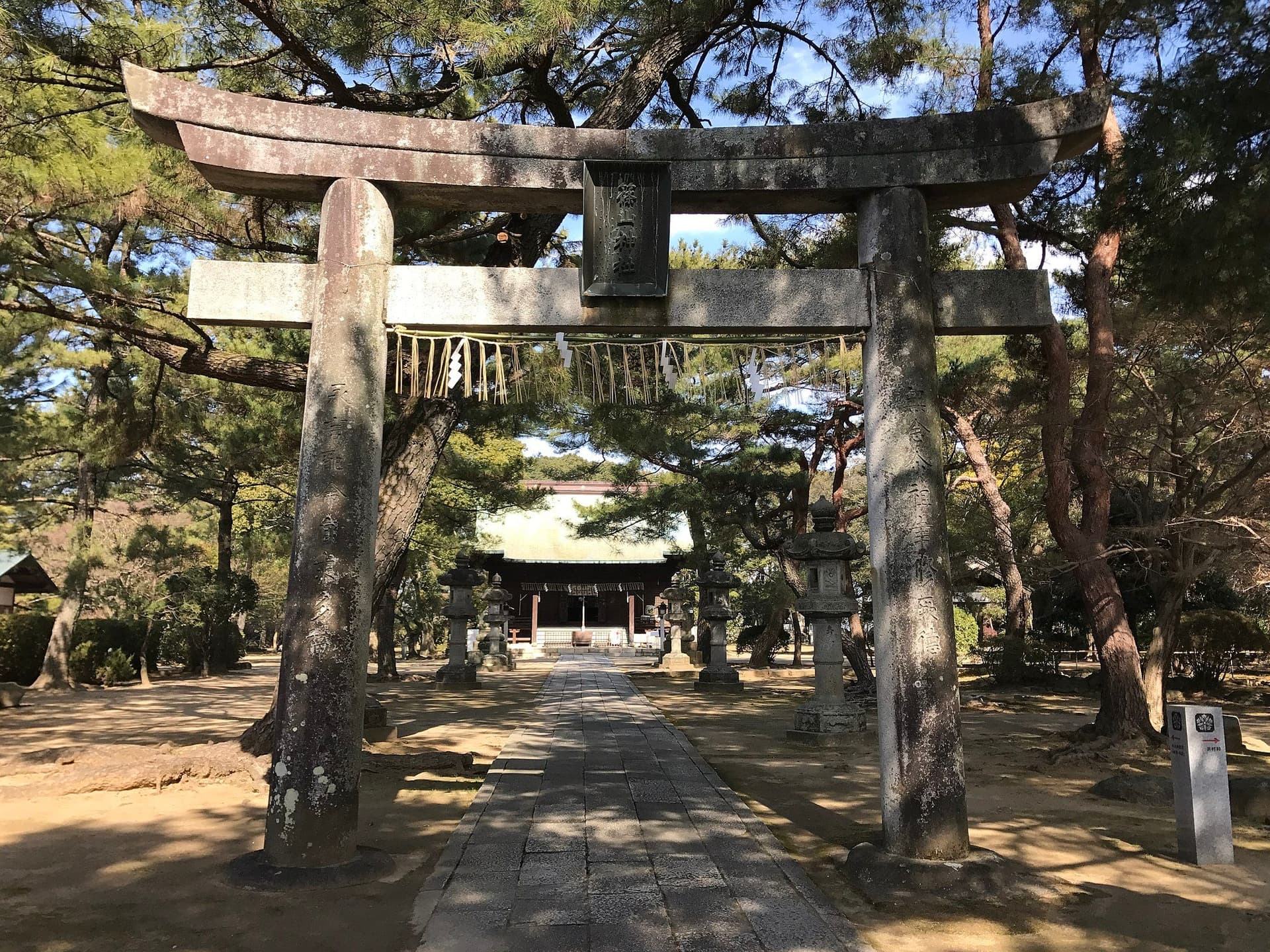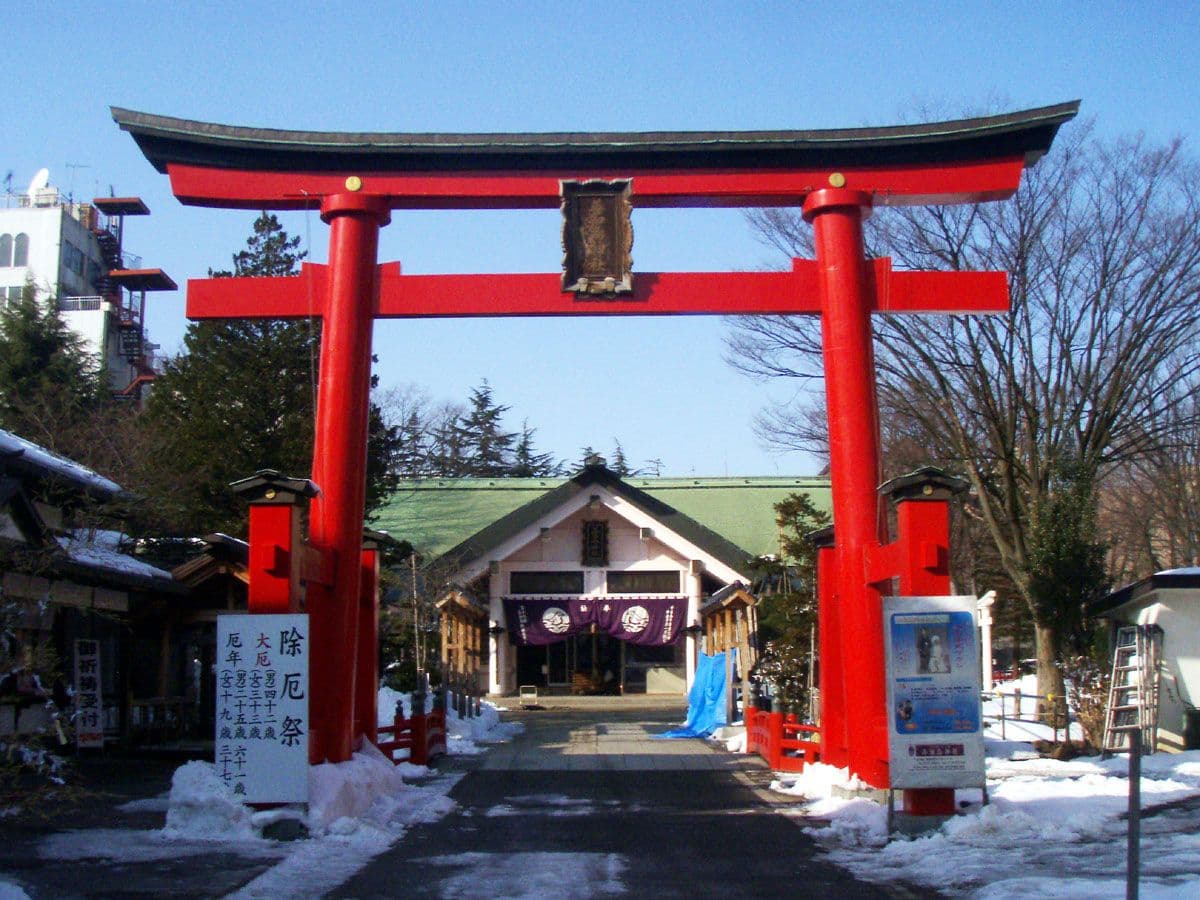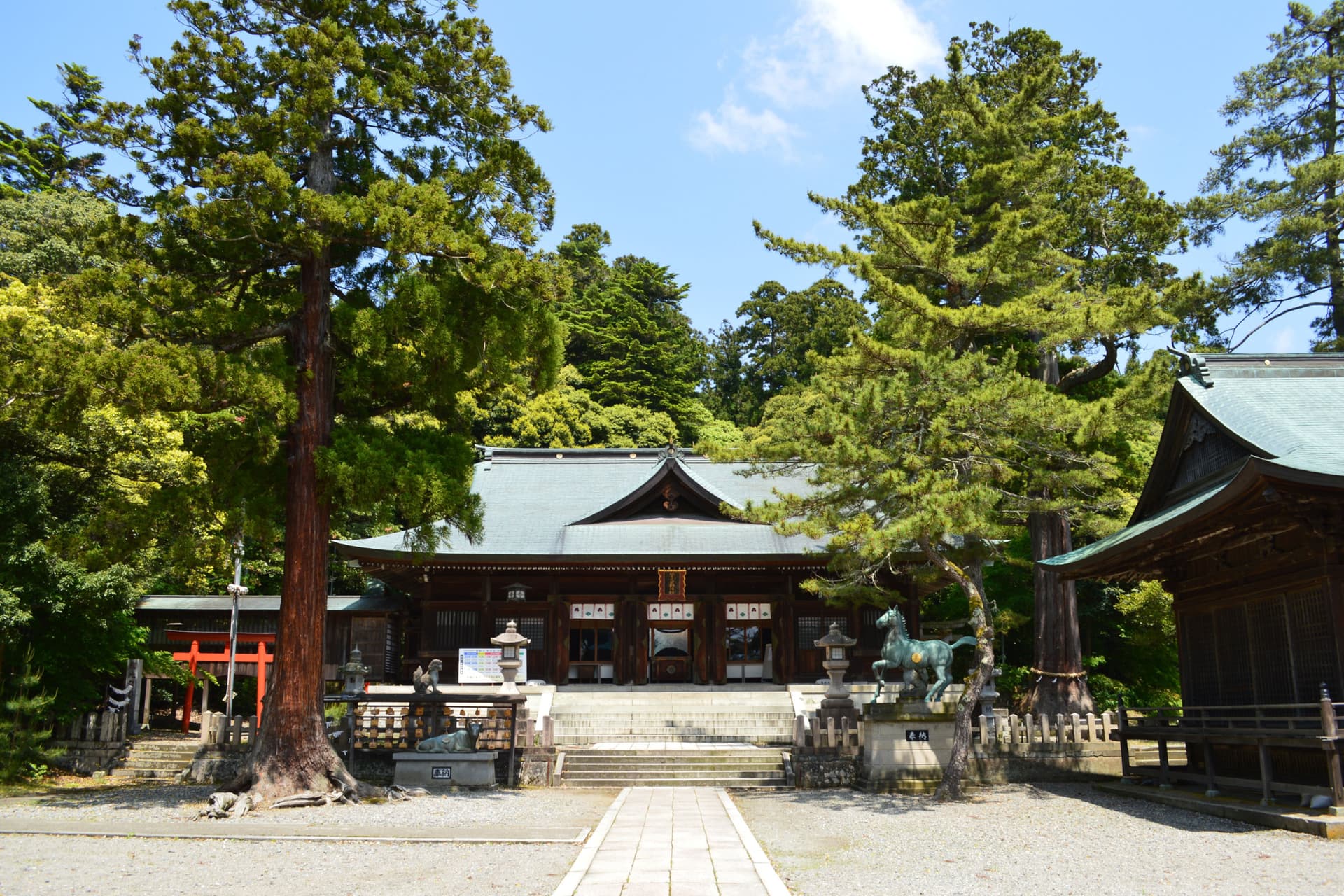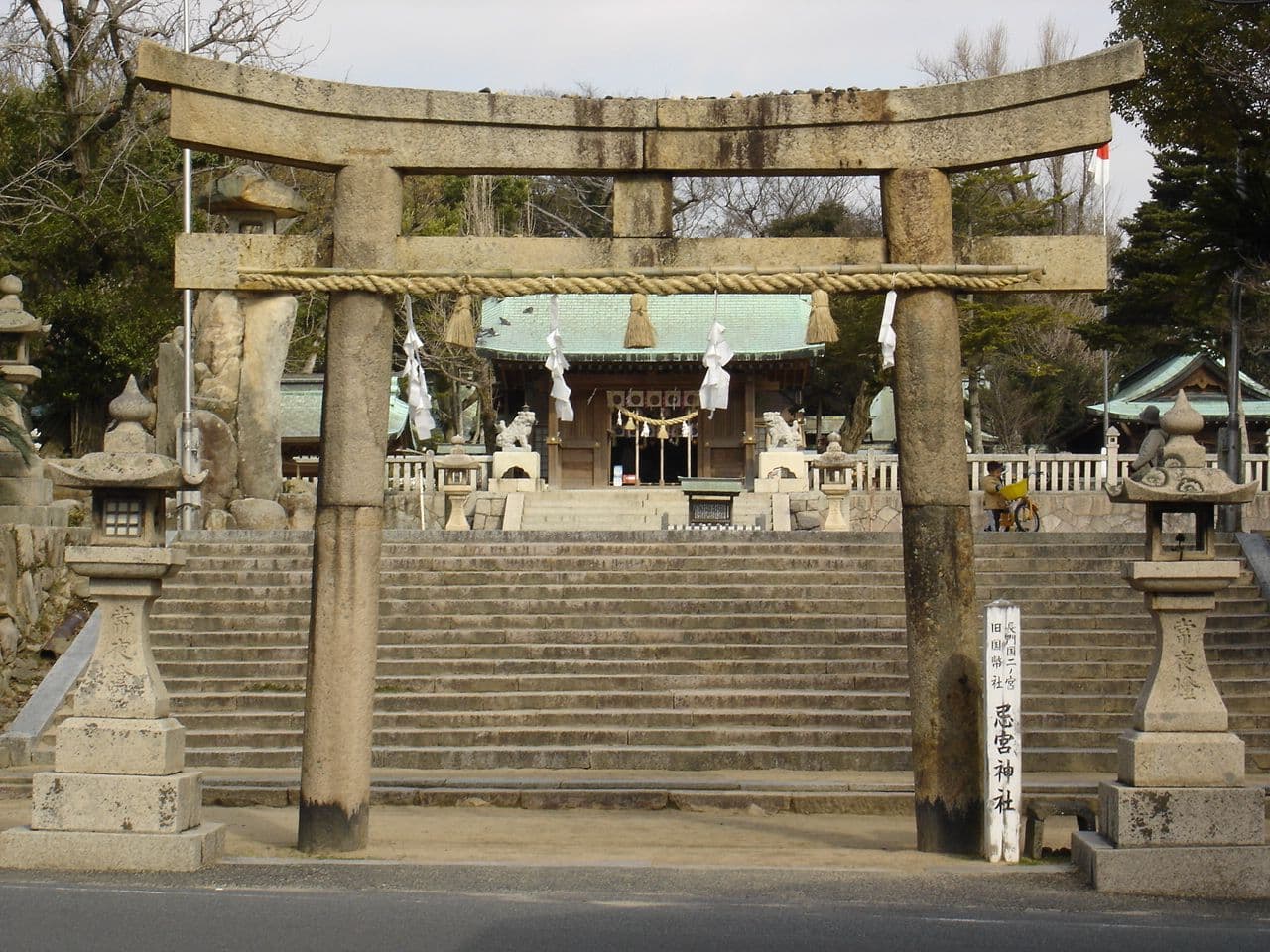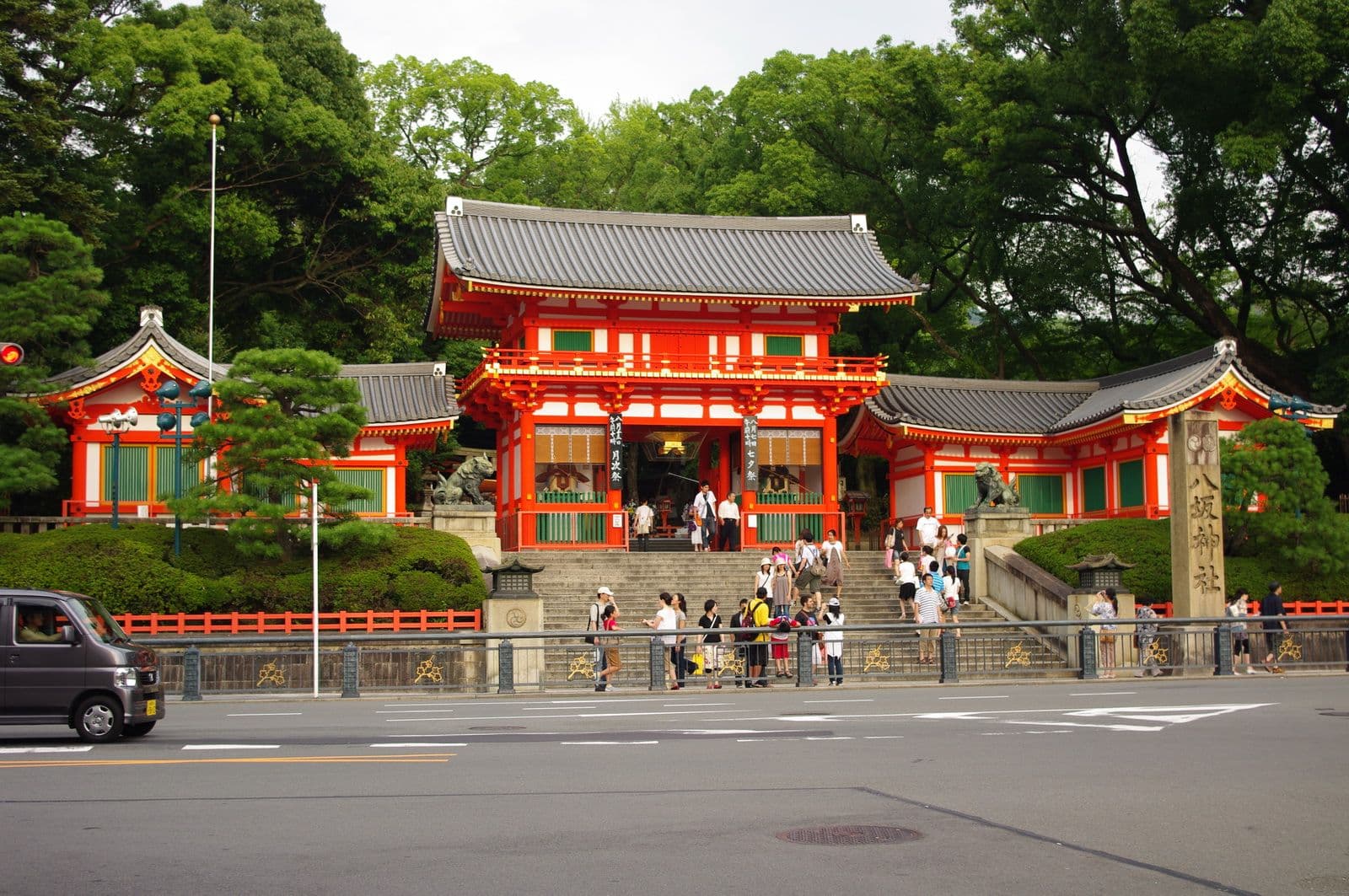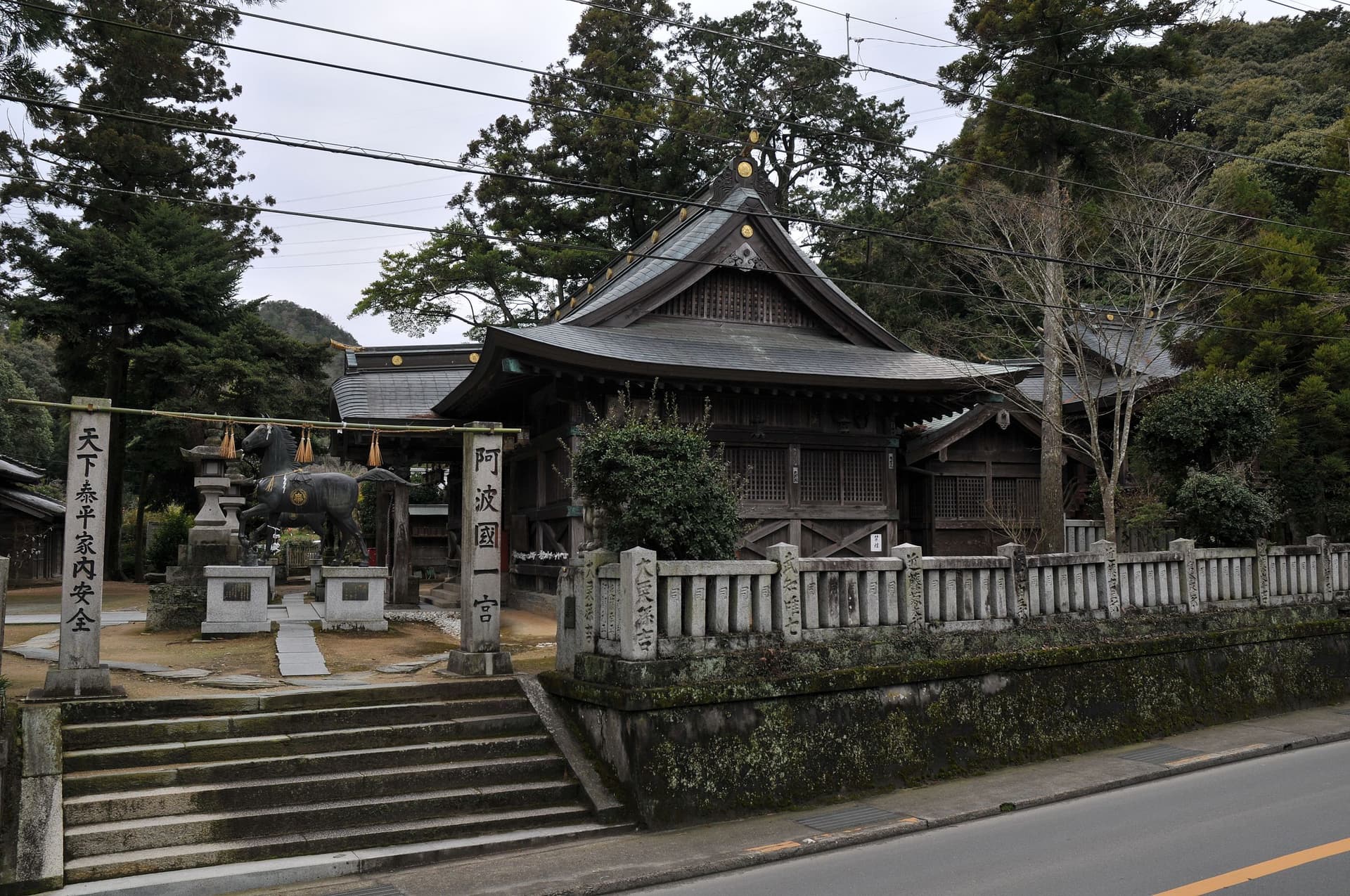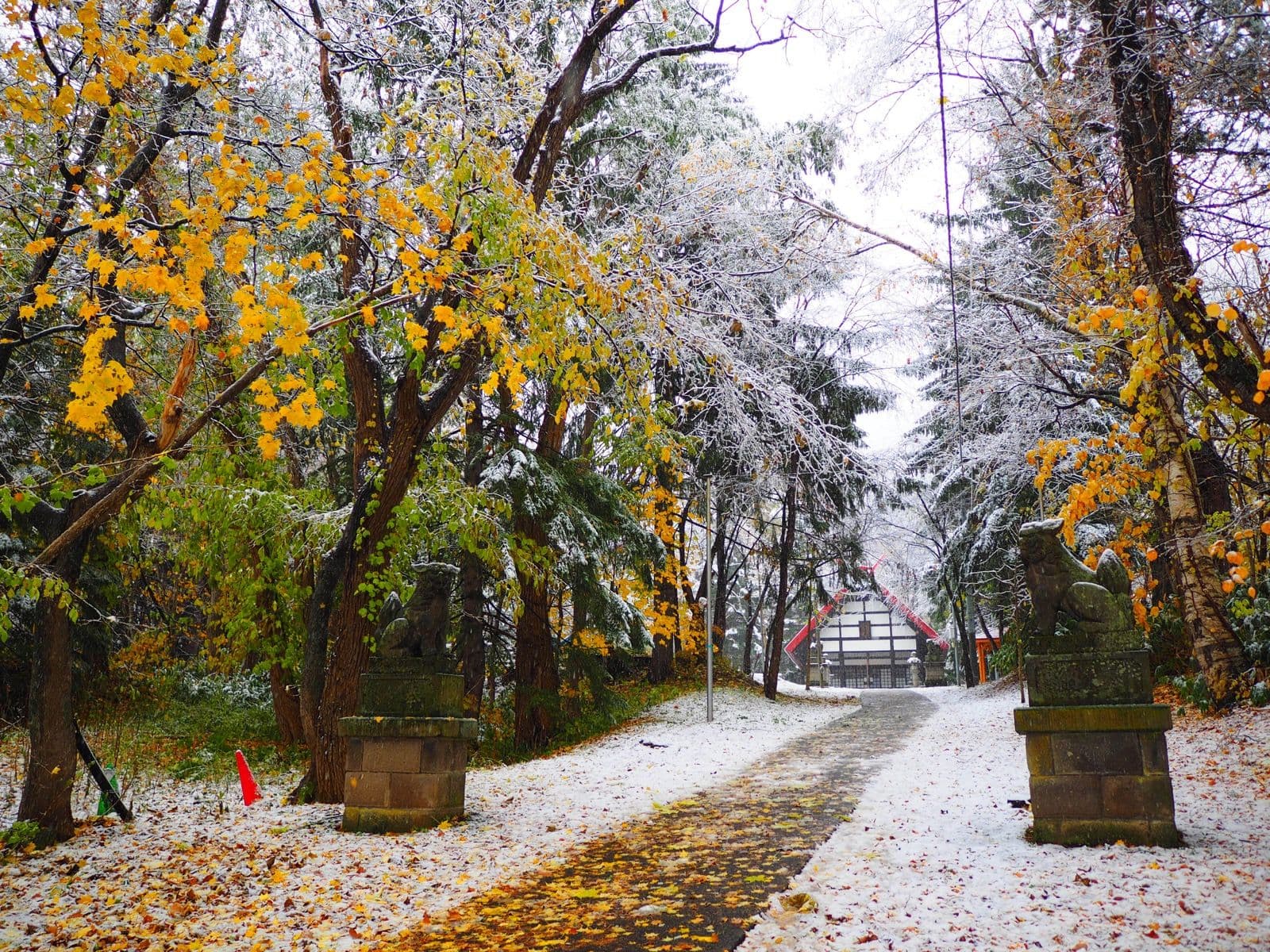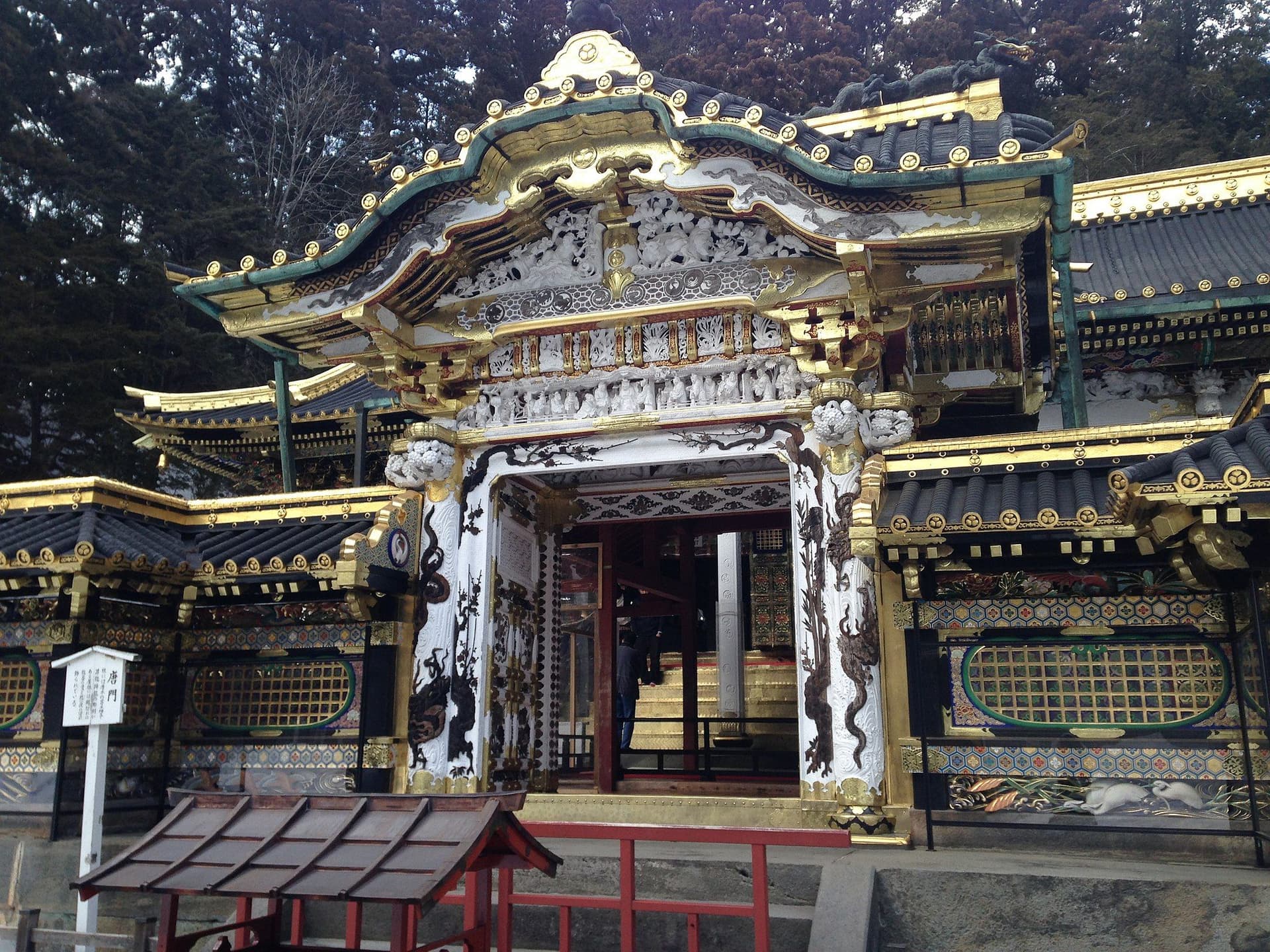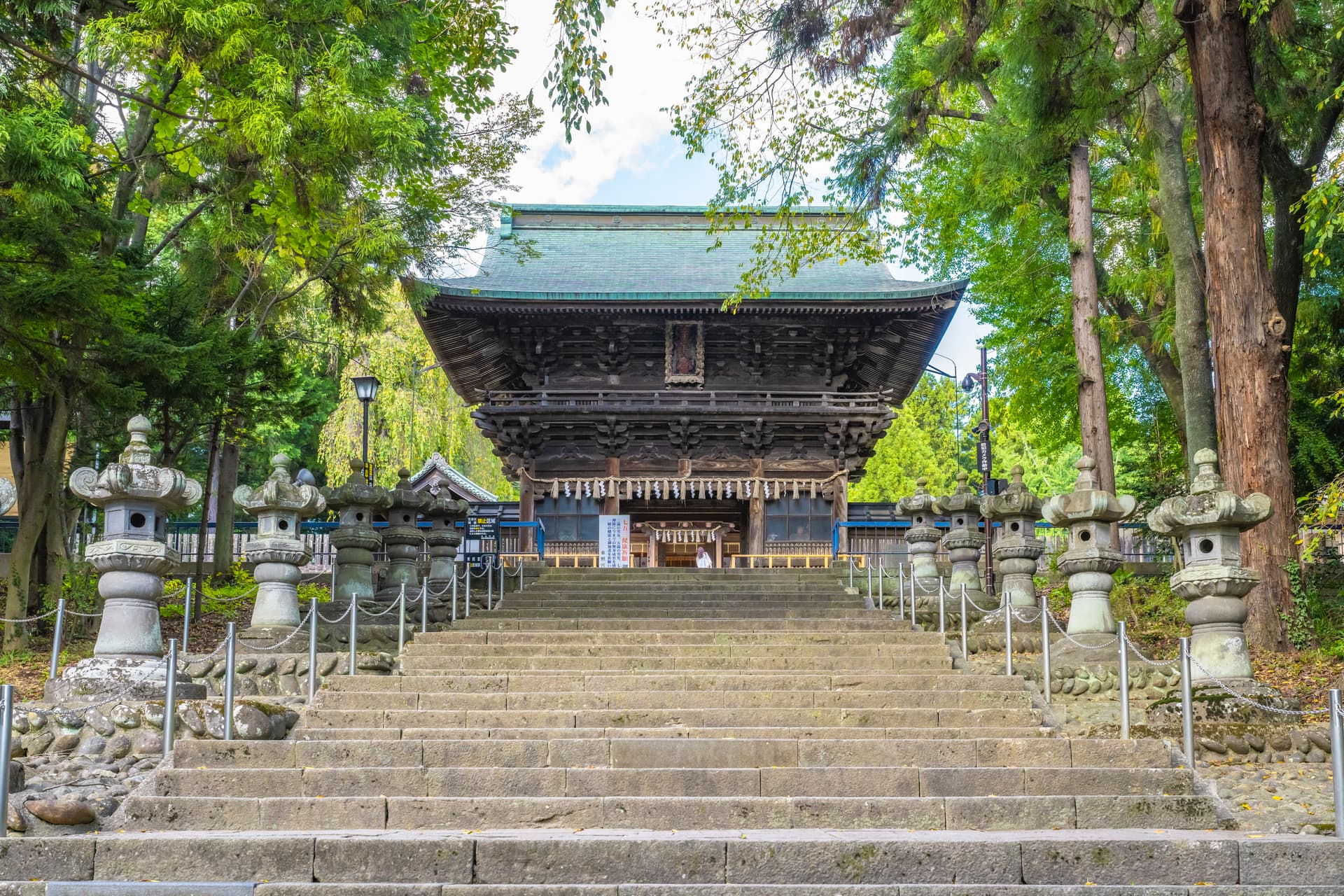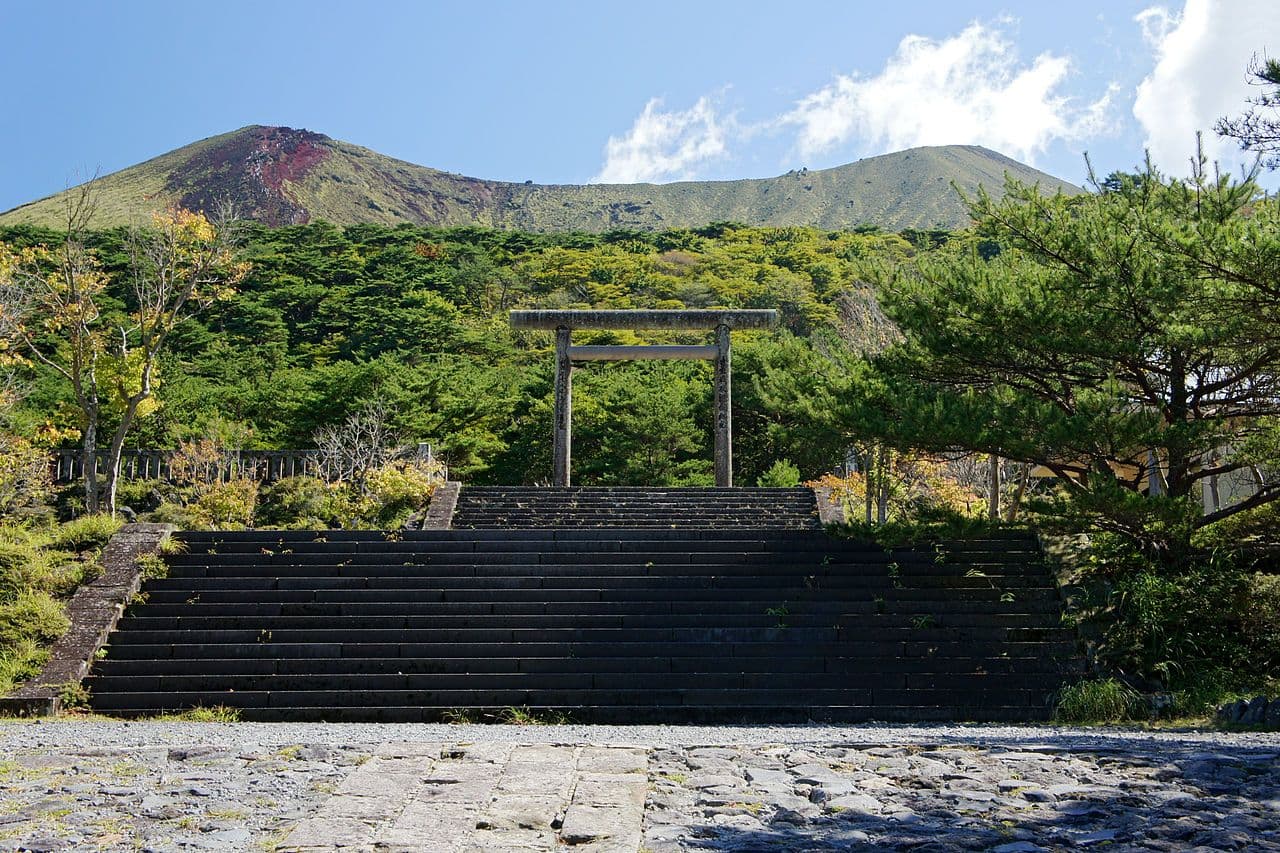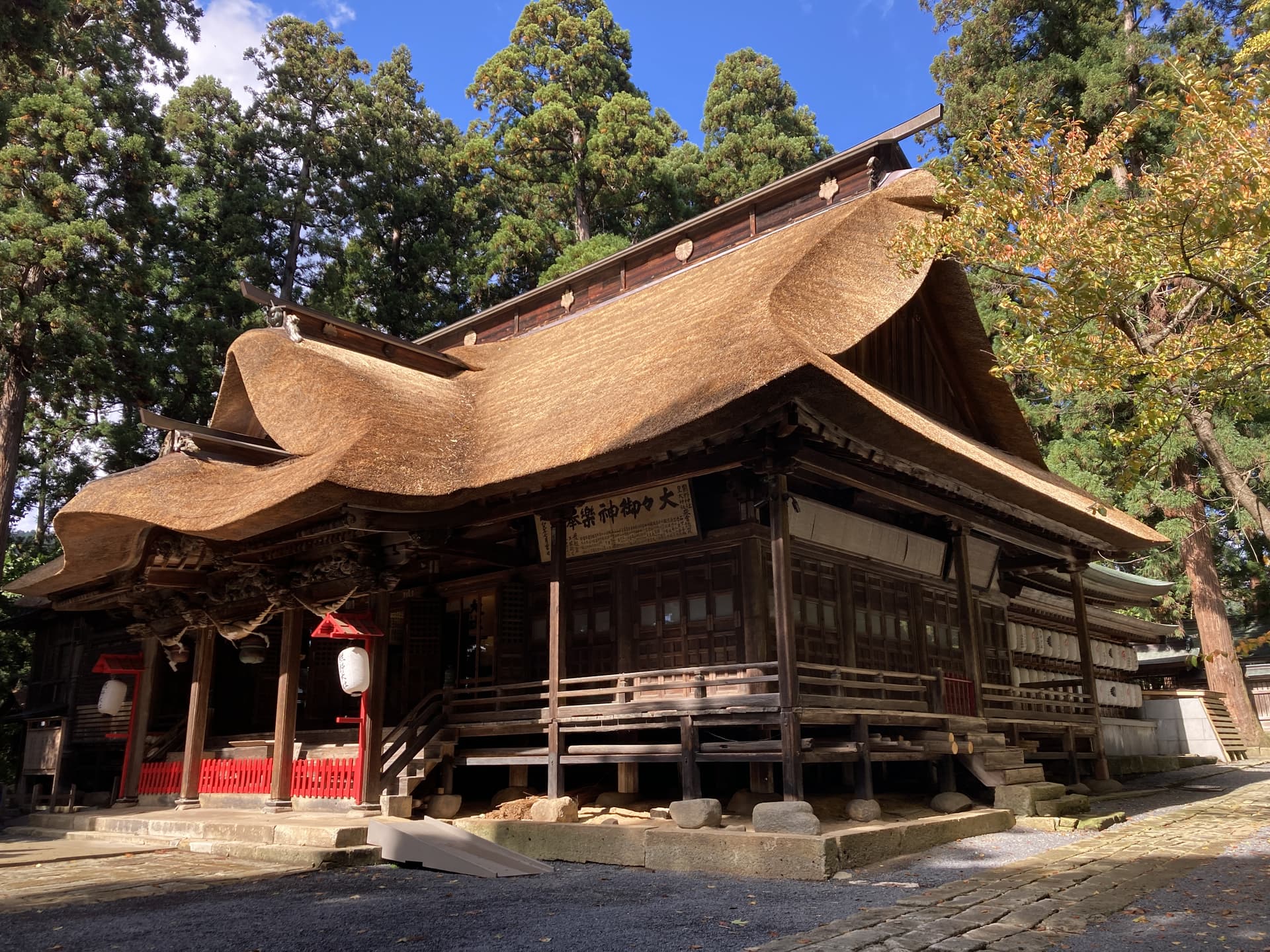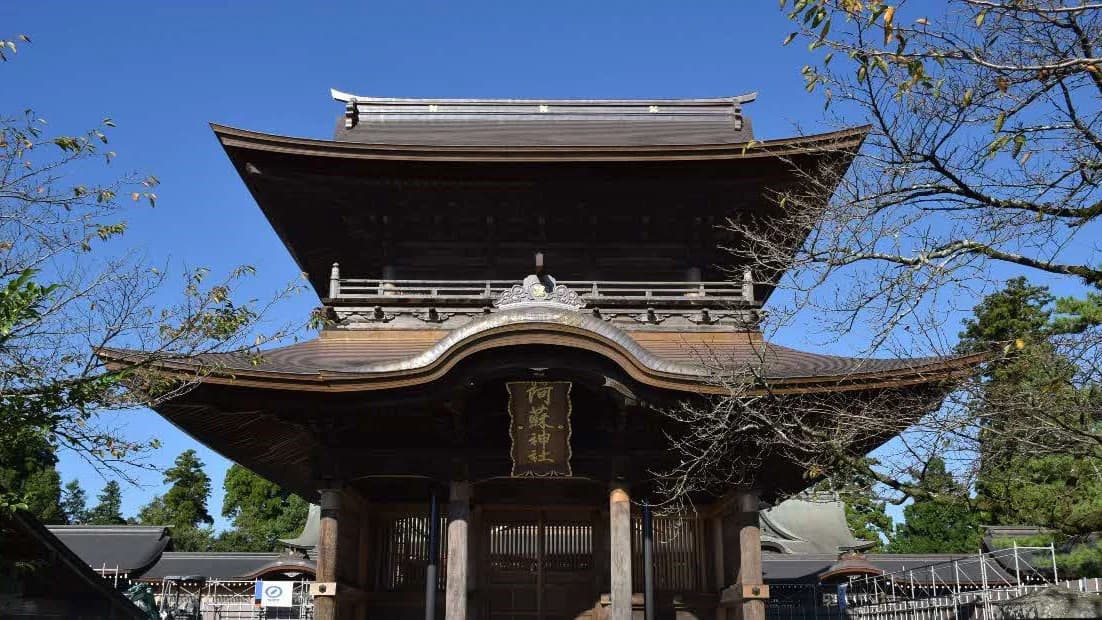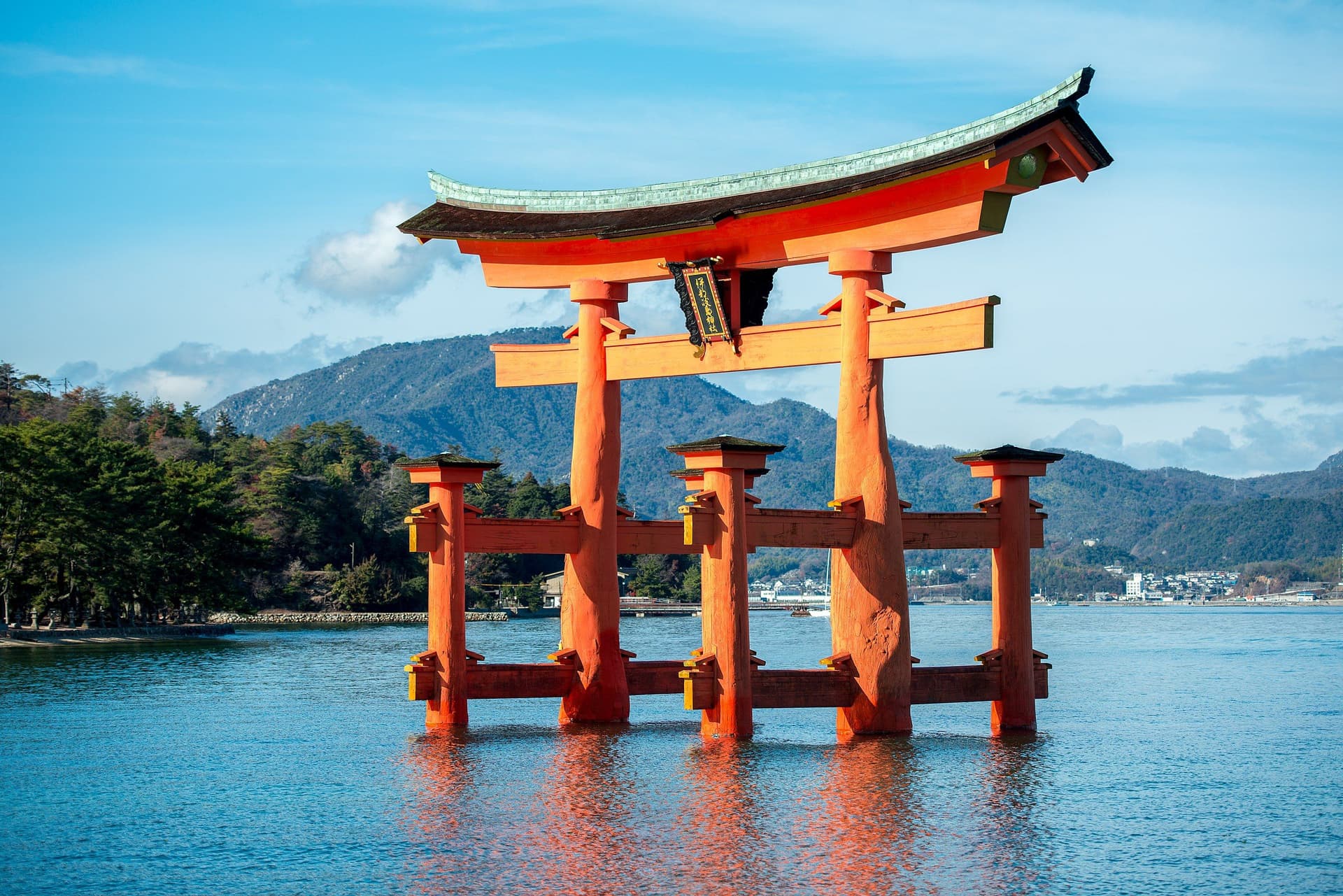
Shrines
神社Shinto shrines are a key aspect of Japanese religious and cultural heritage. Shinto, which translates to "The Way of the Gods," is Japan's indigenous religion, and its shrines serve as places of worship and celebration for the country's estimated 80 million followers.
Shinto shrines are typically located in natural settings, such as forests or mountains, and are characterized by their distinctive architecture and symbolism. The most recognizable feature of a Shinto shrine is the torii gate, which serves as the entrance to the shrine and symbolizes the transition from the mundane world to the sacred.
Once inside the shrine grounds, visitors can participate in traditional rituals and prayers, such as purification by washing their hands and mouth at the temizuya, and making offerings of food, drink, or money at the main hall. Many shrines also offer omikuji, which are fortune-telling slips that offer predictions and advice for the future.
Shinto shrines play an important role in Japan's cultural and religious events. Many shrines host annual festivals and ceremonies, such as the New Year's celebrations, where families visit the shrines to pray for good luck and fortune in the coming year. Some shrines are also associated with specific historical or mythical figures, such as the famous Ise Grand Shrine, which is dedicated to the sun goddess Amaterasu and is considered the holiest shrine in Shinto.
Related Places
Last Updated:
